This was an unintentional purchase (honestly!) - originally I got it for a mate but he changed his mind when I showed it him online "too small for me" 🙄
Well - unfortunately for my finances! - I loved it from the moment I picked it up, even knowing that I was supposed to be handing it over to my mate. When he said he didn't want it, I then had to justify keeping it as it doesn't fit my business needs - I have a Little Jane LJ11-SR for overseas gigs, a Furch Red Deluxe GC-SR and Yellow OM-CR, and a Blue OM-MM for recording. I just don't NEED this Pioneer - where would I use it?
Well the answer is in the guitar itself - for pleasure; it is such an intimate instrument, having a huge presence and such a direct, focused tone, without being too midrangey like so many all-Mahogany guitars tend to be.
I lined it up against my other Furchs, and a couple of Taylors, and honestly, I prefer sitting on the sofa with the Pioneer.
The soundport really does appear to transmit the guitar's tone to the player, making it sound bigger than its physical size, and the neck width is just right - no silly scrawny typical 'travel guitar' thing here. When put up against my Blue OM-MM (the fairest comparison due to the woods used), it sounded pretty much as loud, and somehow having a pretty equal bass response. The OM is more complex, with more overtones, as one might expect, but in terms of projection, the Pioneer is quite remarkable. Up against the Red, it's just a different tone, but again, probably what I'd choose to pick up if I'm writing a song - and that's exactly what I did the morning after my mate decided he didn't want it. It's definitely fun, and let's face it, that's why most of us play guitar. I have been very business oriented in my choice of instruments, for more than 25 years, and whilst this Pioneer MMa wouldn't be my first choice for a big gig, that's only because I play with 3 guitars in different tunings, and I would find the change in body size between songs a bit weird. I'm playing at a festival in December, and often the venues are cramped and lugging big guitar cases is not very practicable, so I'll probably take the Pioneer along with my Little Jane.
I really should mention you wonderful guys at Richards Guitars! I needed this in a hurry to fit in with my mate's diary, and Chris fitted the LR Baggs Element VTC and set it up in a ridiculously short period of time. If you visit the store then make sure you say hello to Chris - he's a real gentleman, but often not seen as he is so busy. Jon and Jake are stars; this time Jon was in the limelight and he made the entire experience (especially as he knew the odd circumstances around me trying the Pioneer) a whole lot of fun - he had me howling with laughter during our email exchange after my mate rejected the guitar!
I am so impressed with Richards Guitars, with the ethos behind the business, the different instruments I might never have come across, and the people who really do make you feel like a friend, that I have put a link and a recommendation on my website www.markrobinsonmusic.com.
If you're considering a Pioneer, just do it - you won't regret it, and the only place I'd buy it is from Richards Guitars, where everything is about the customer, and providing the best experience and instruments you could possibly wish for.
Thank you, guys!
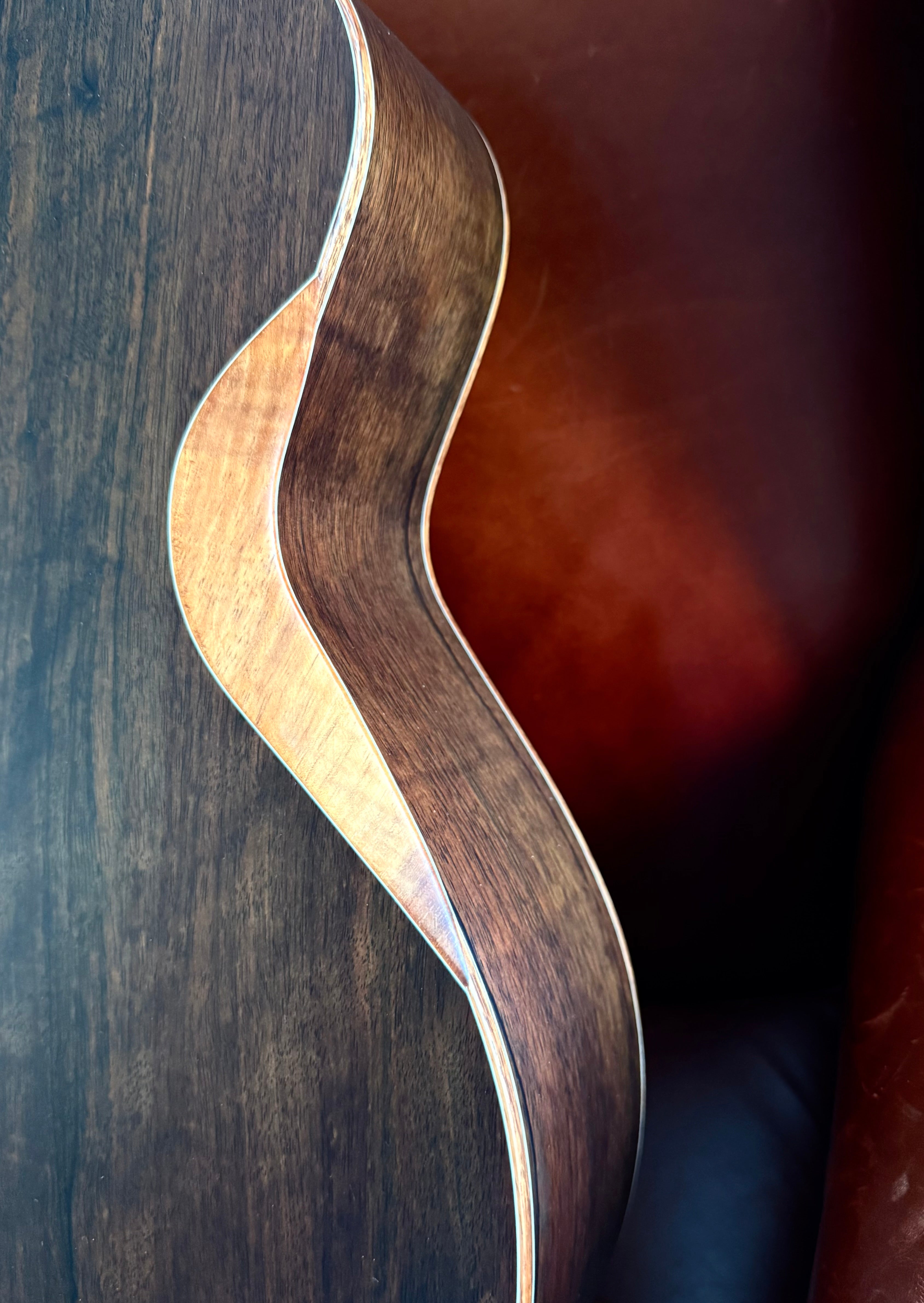




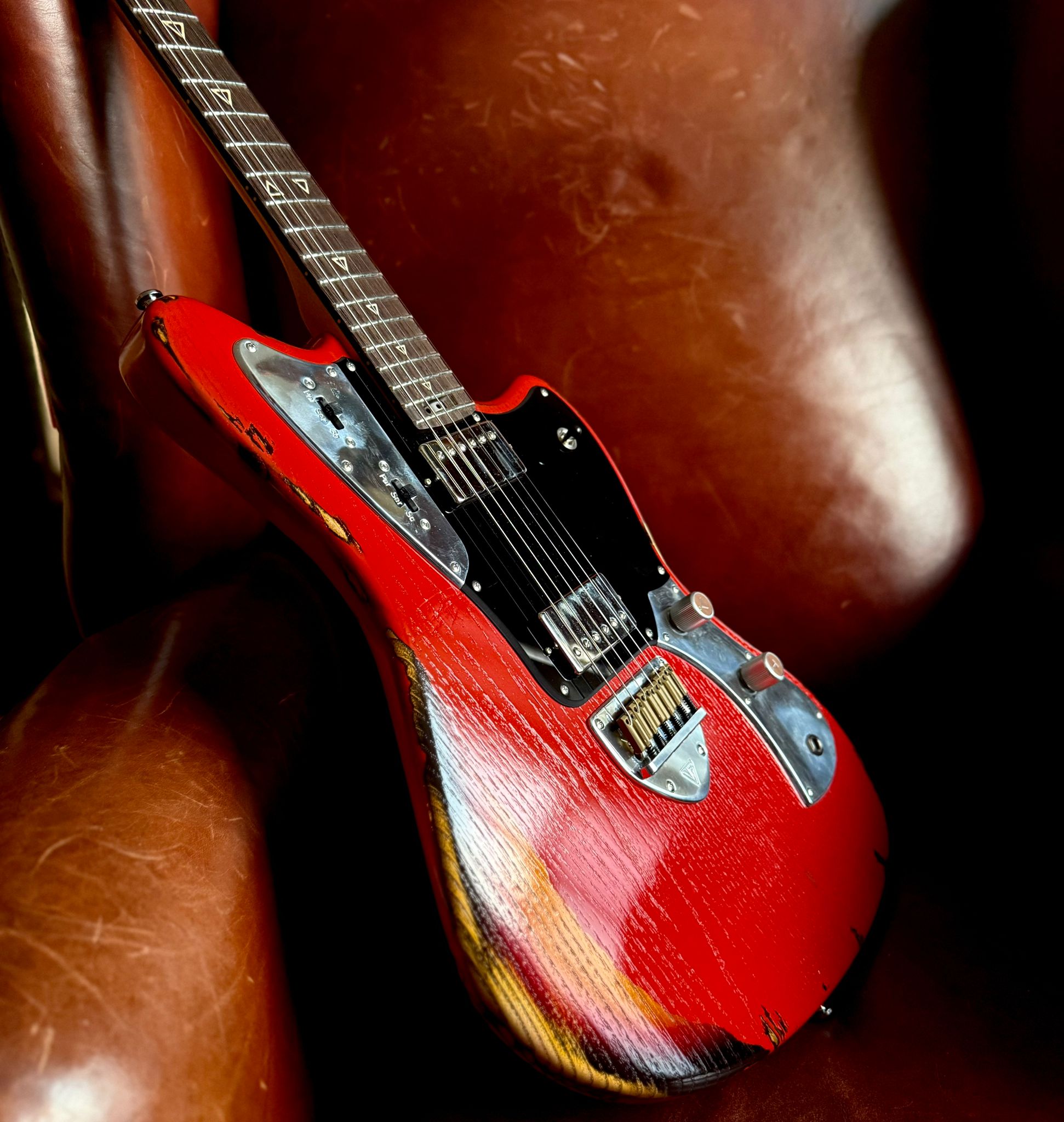
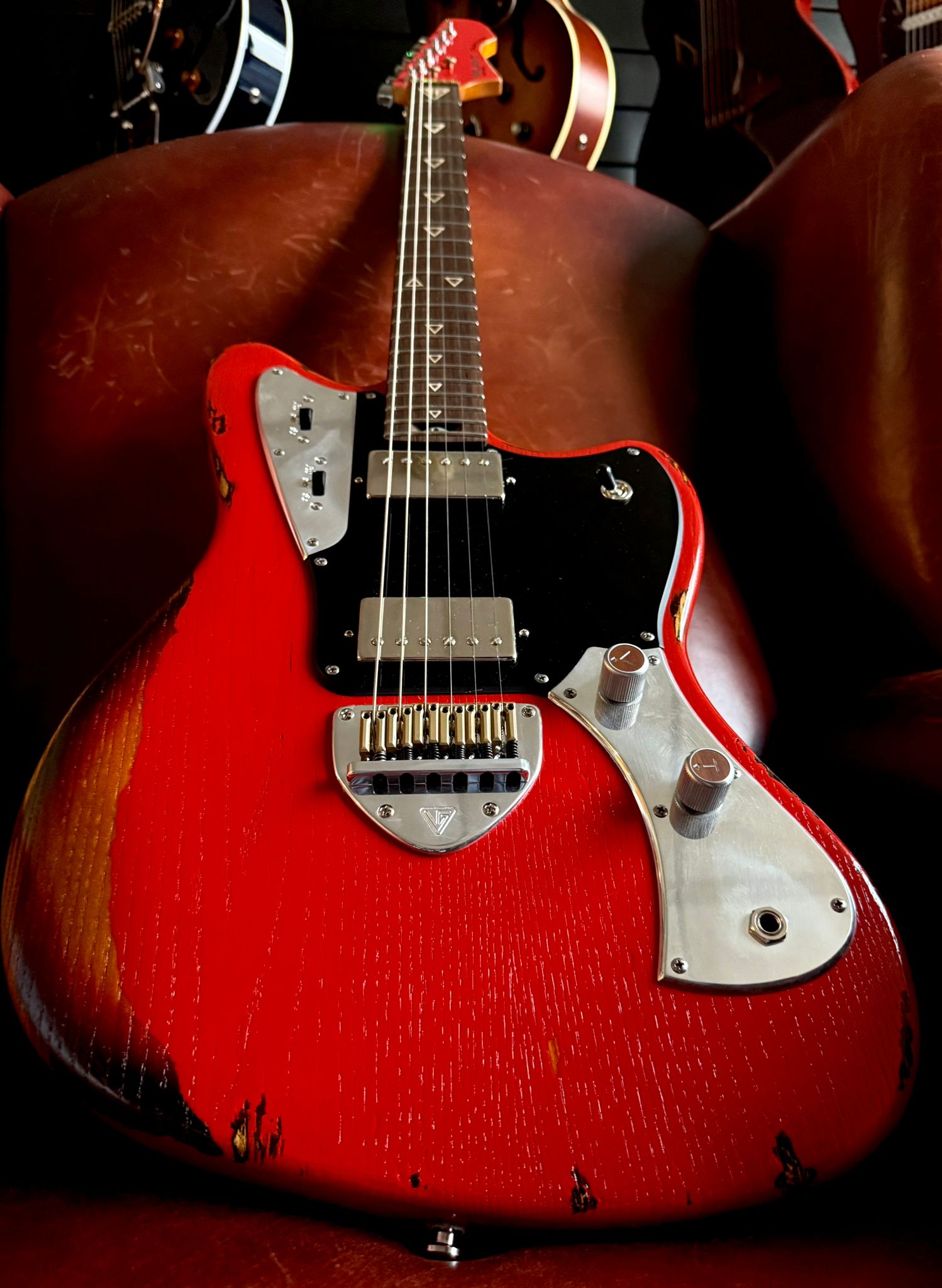
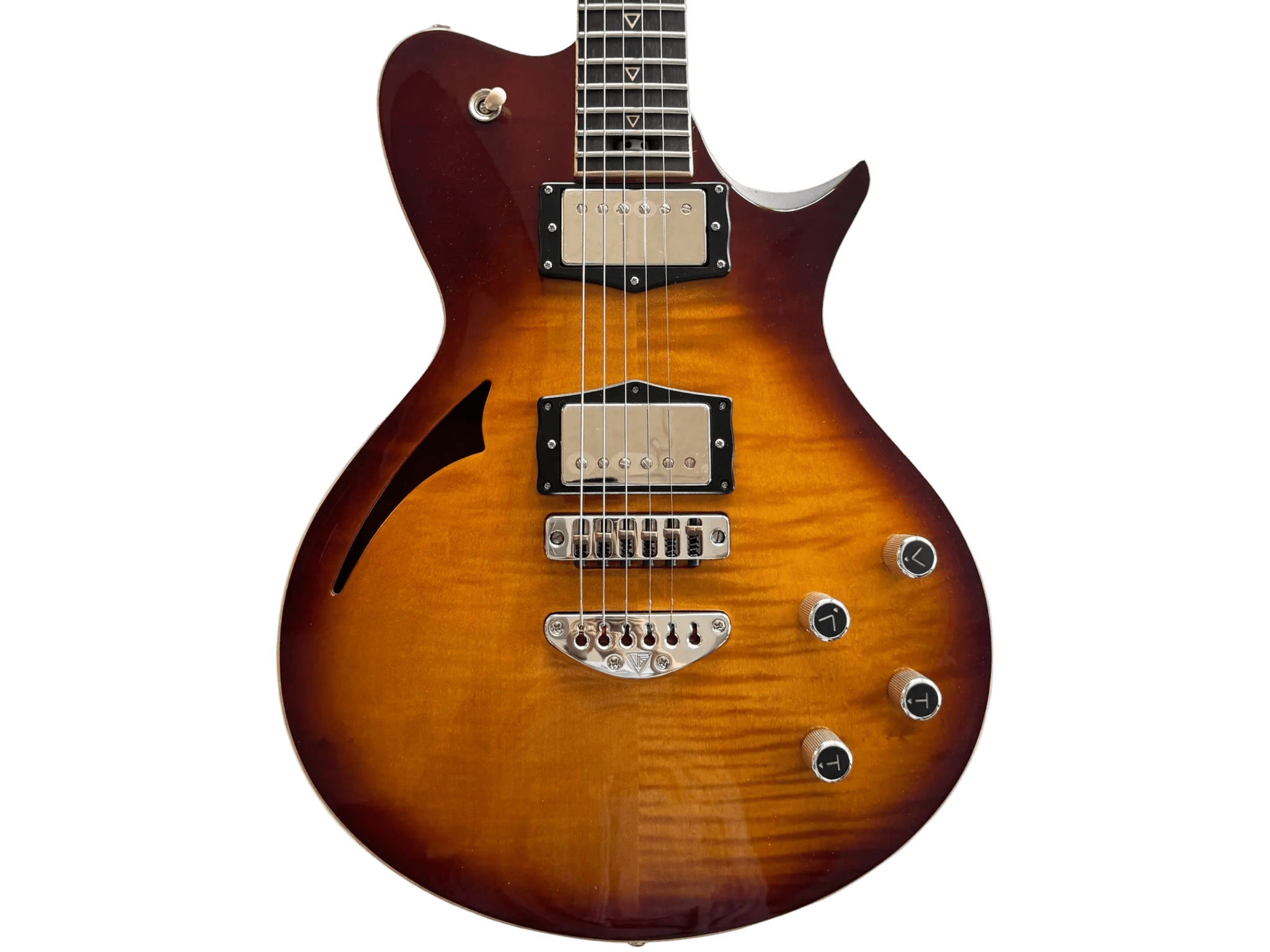
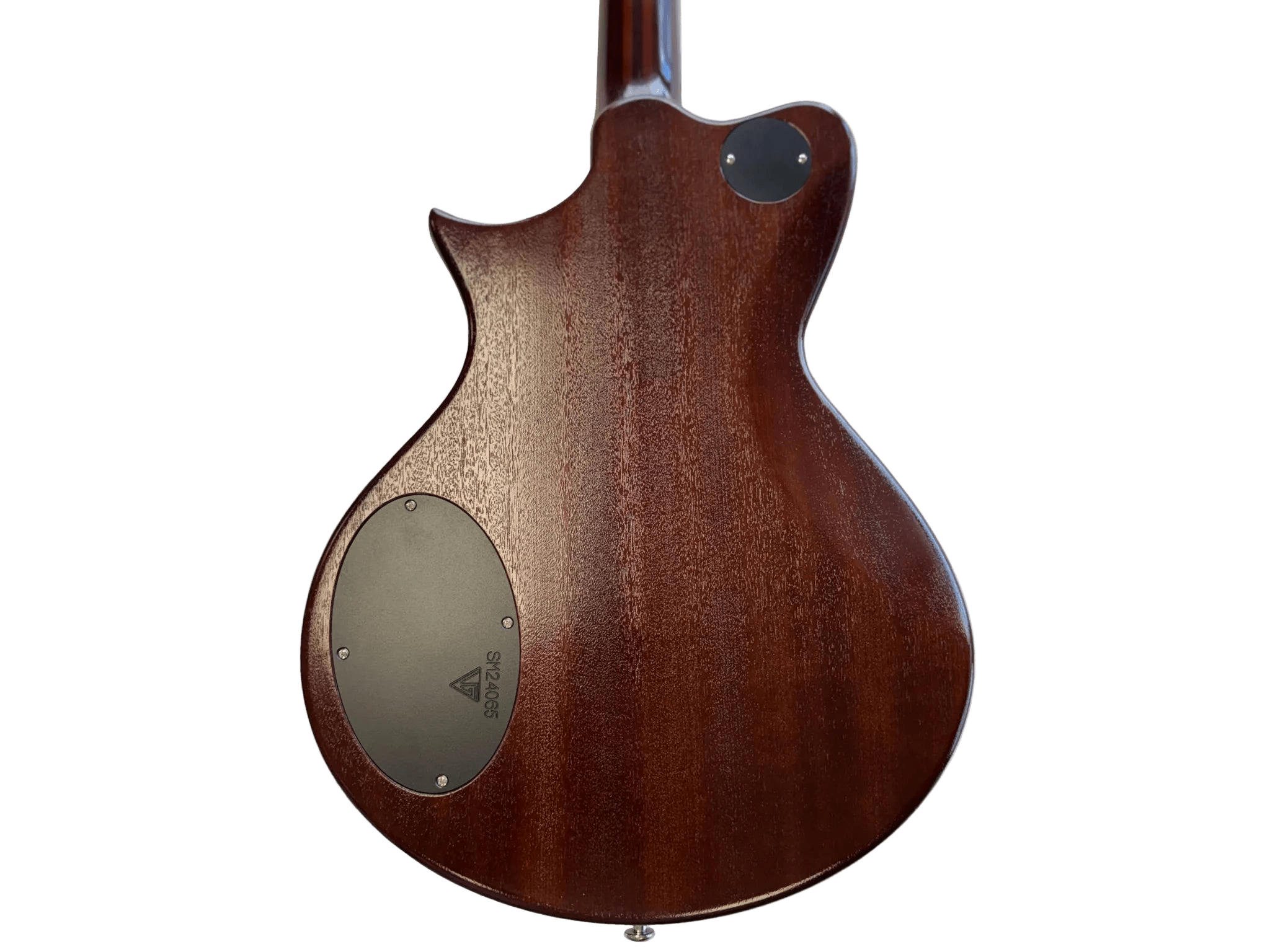
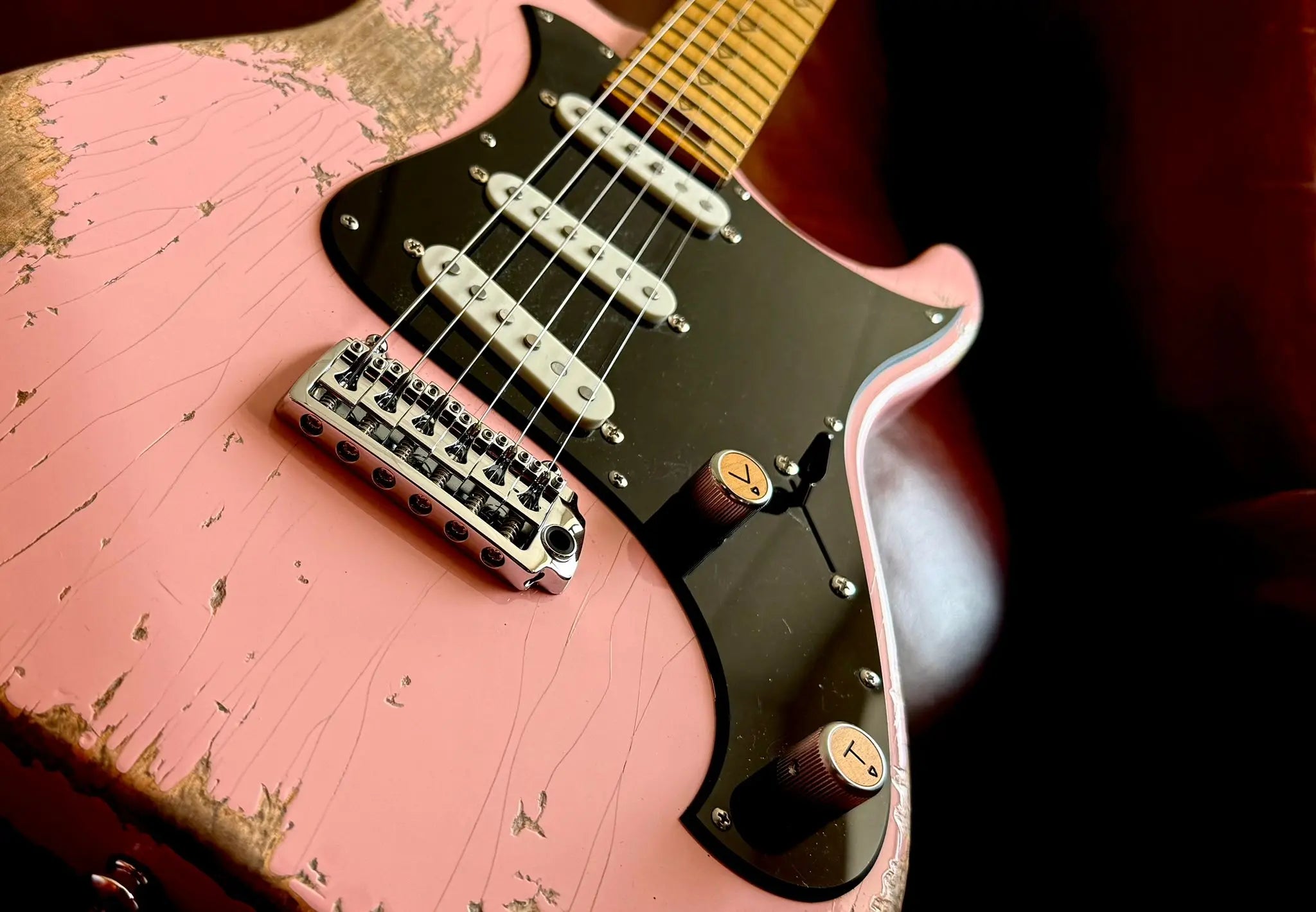
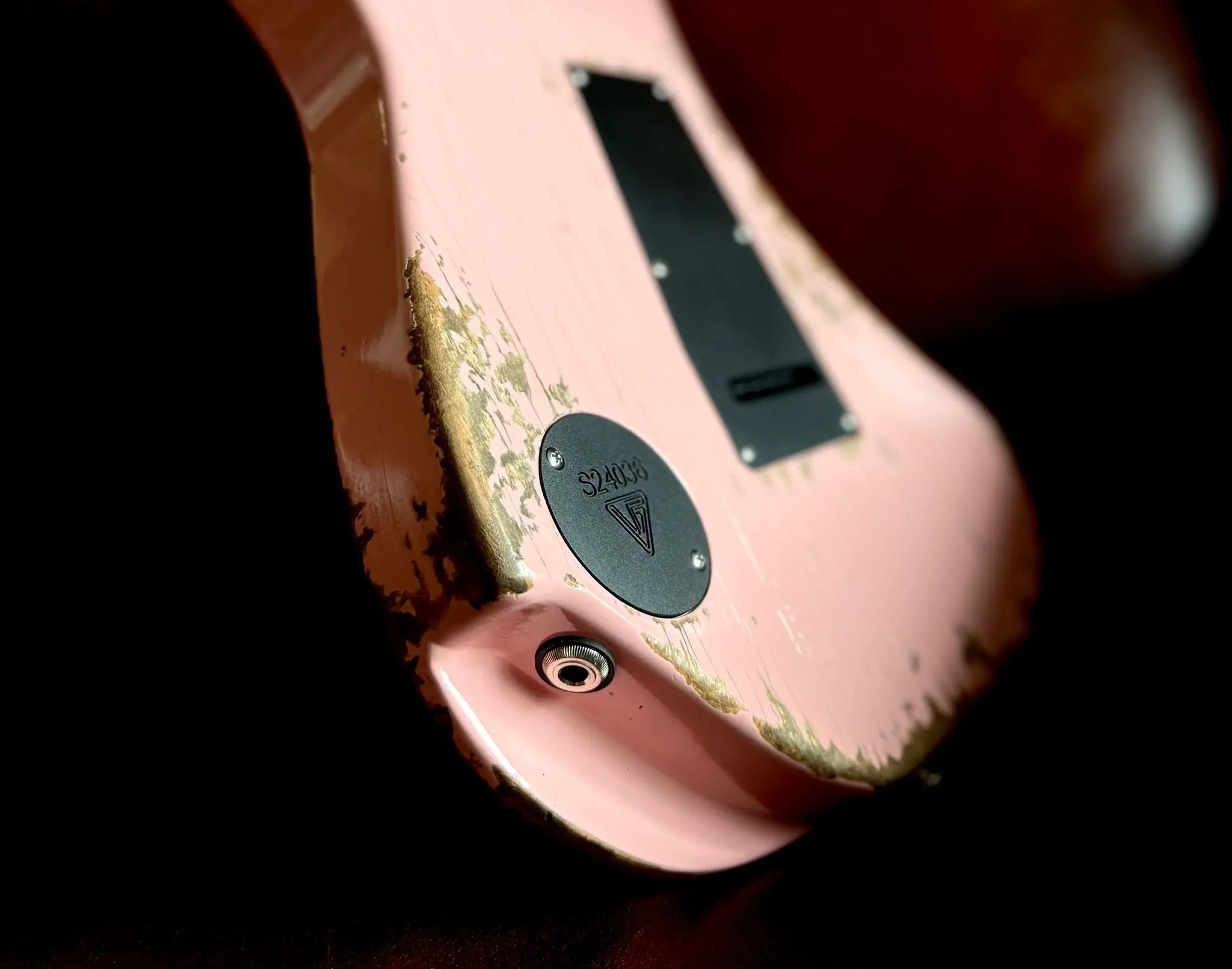




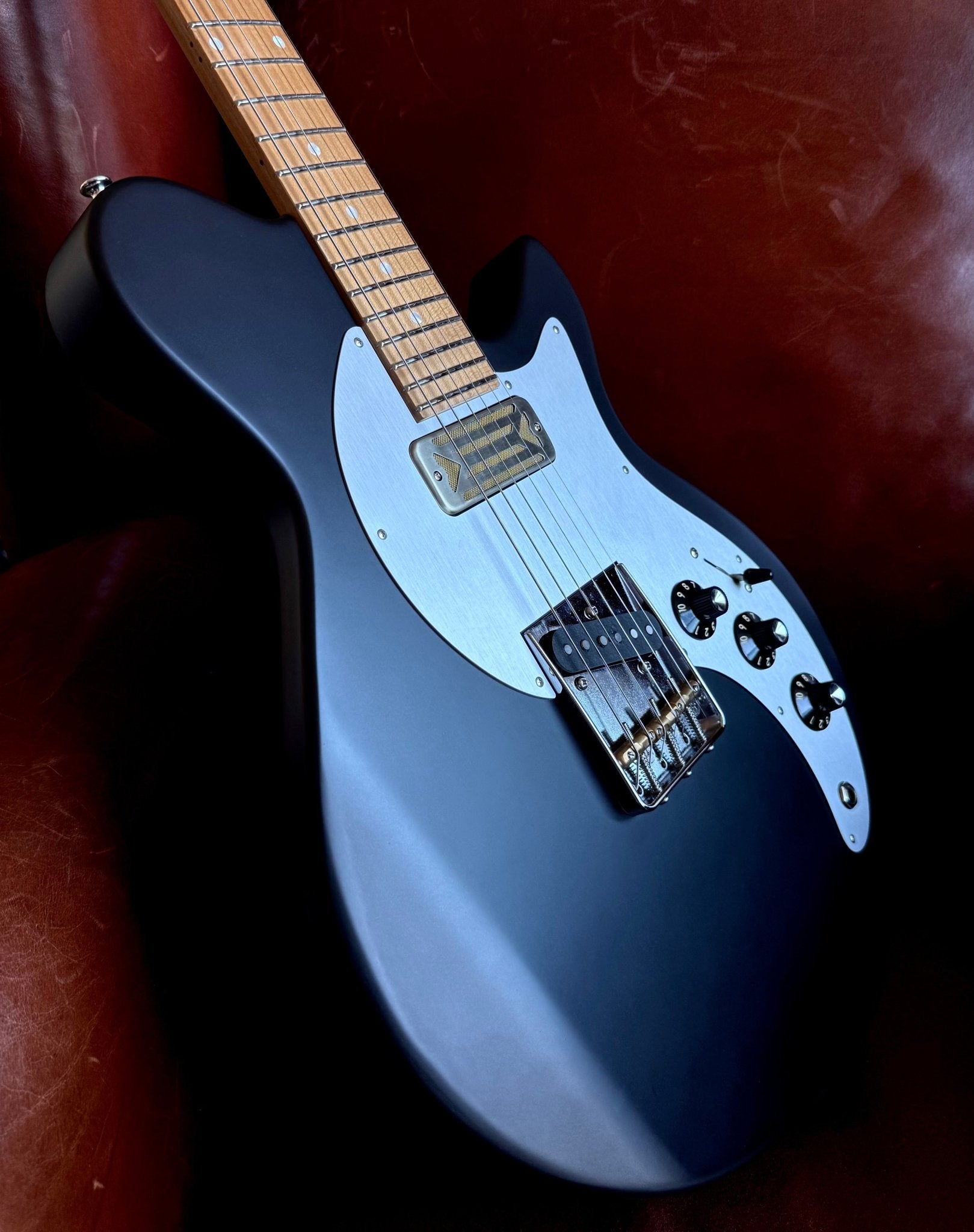
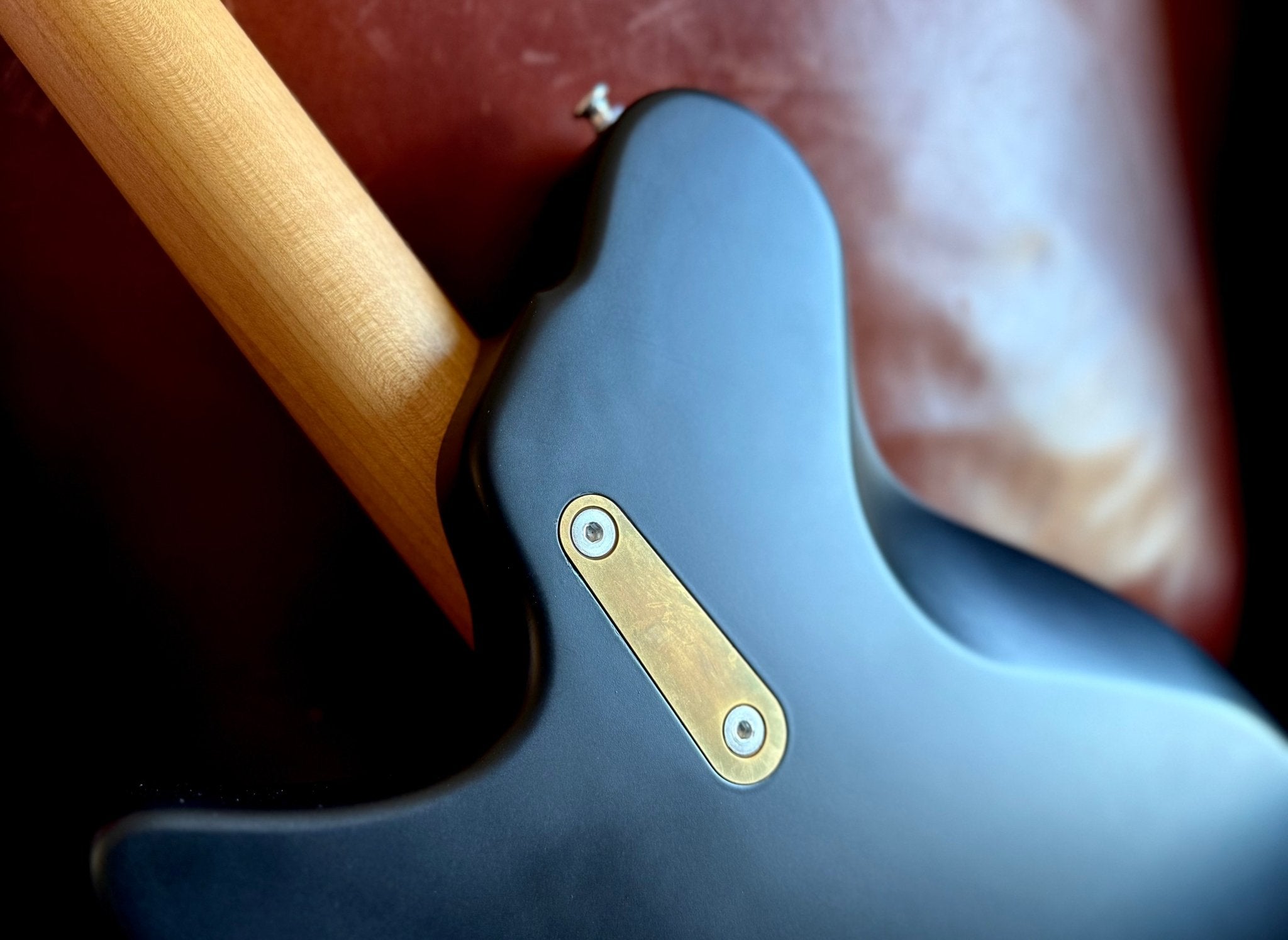
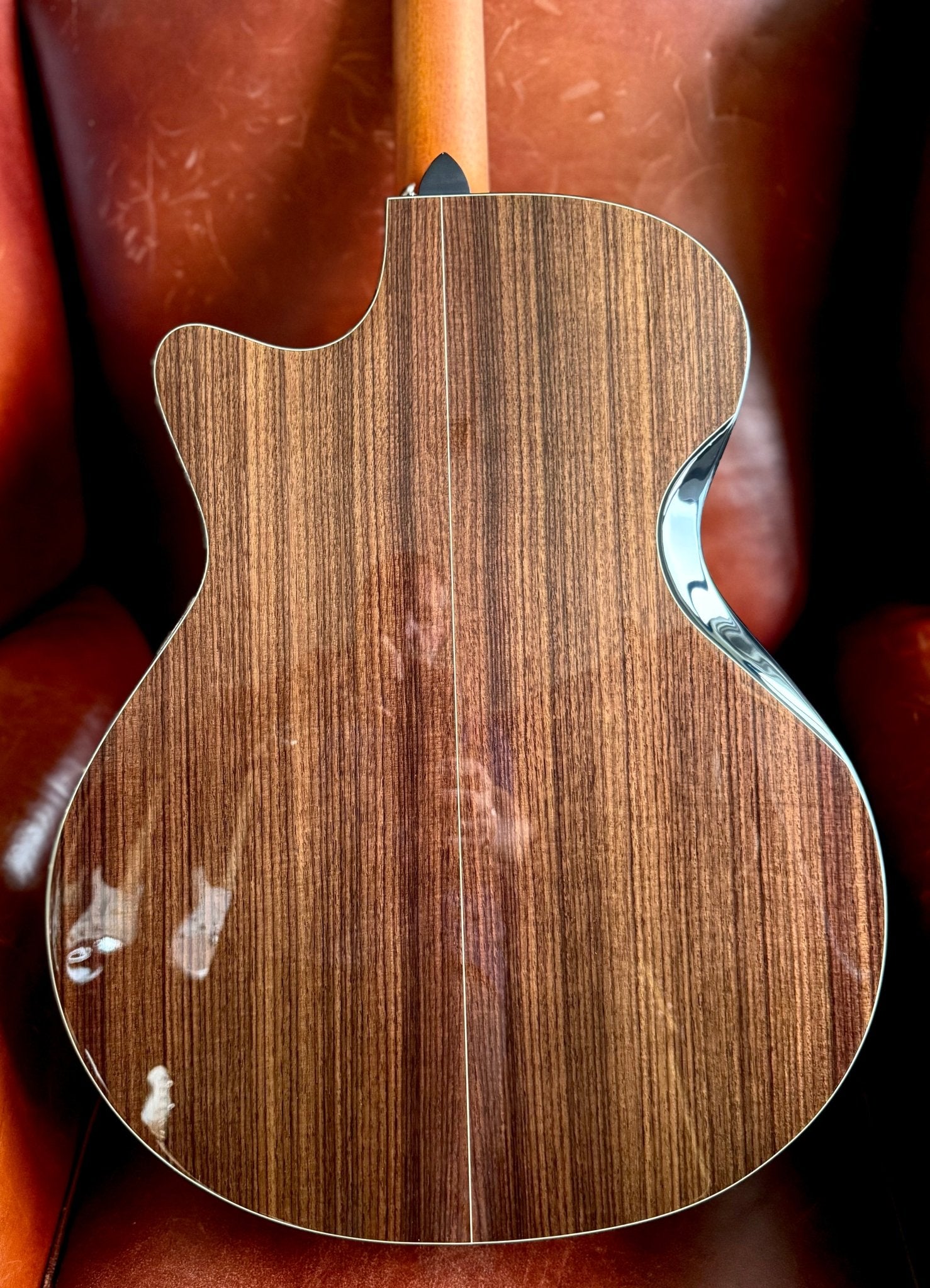
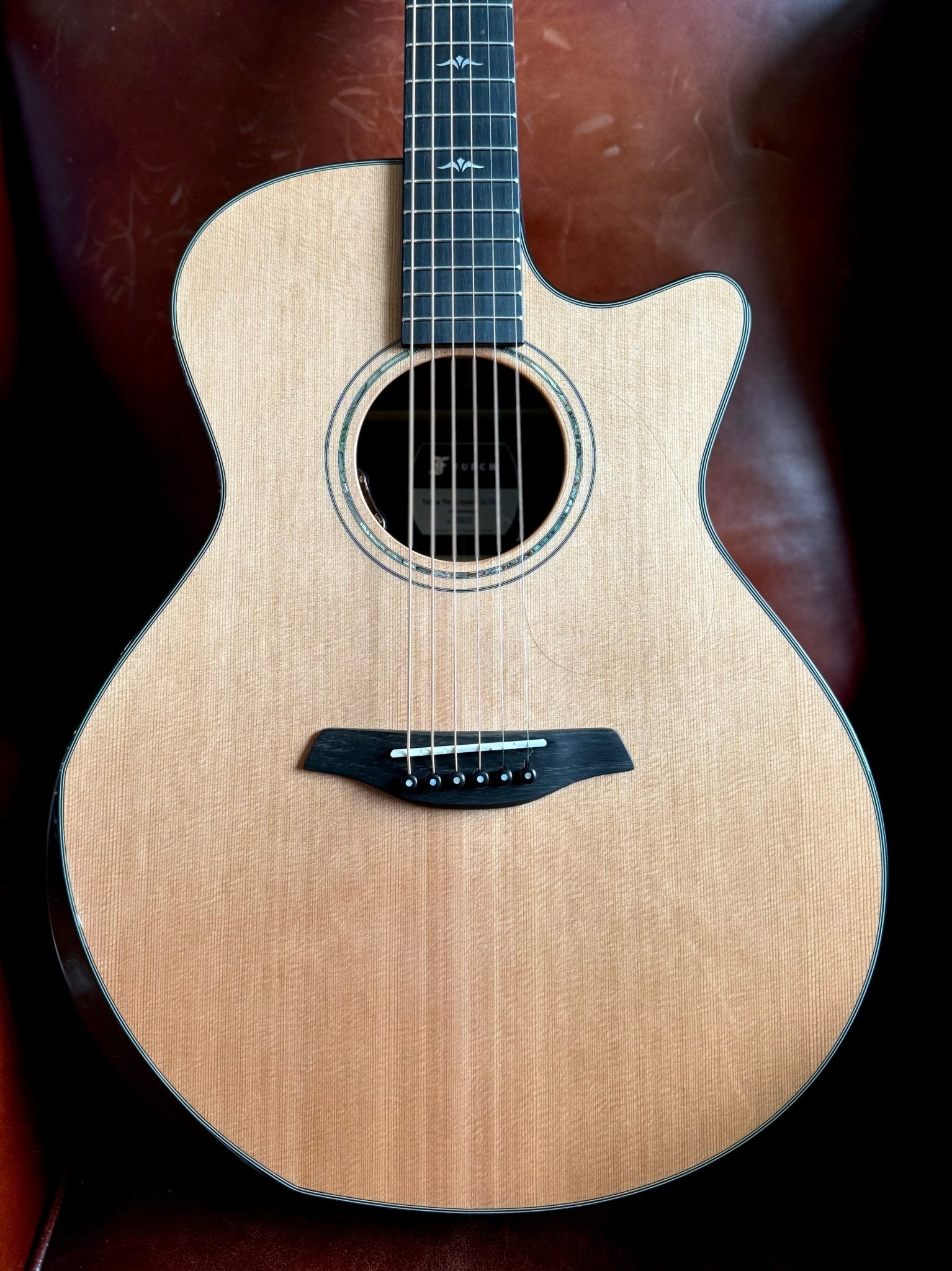
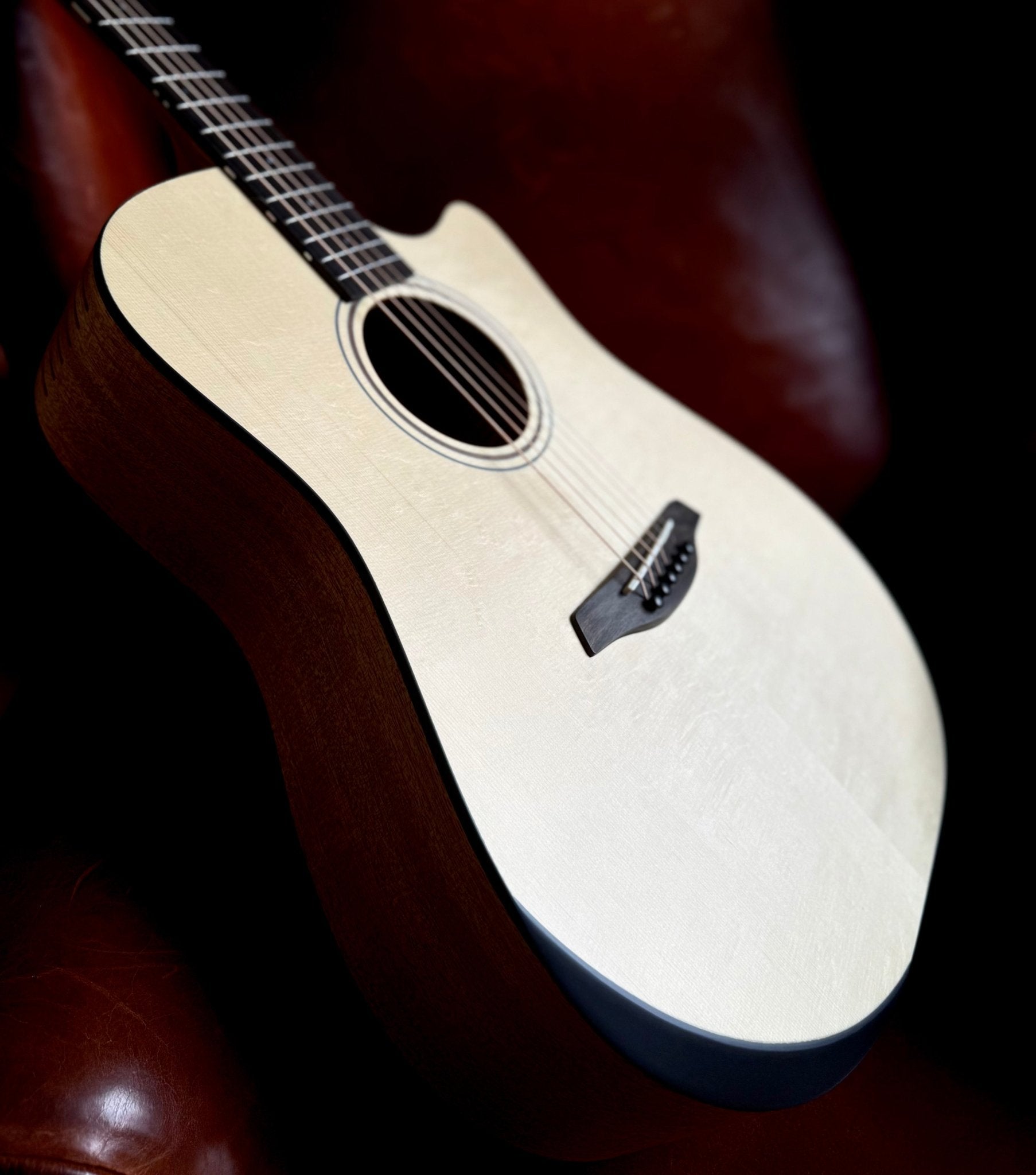
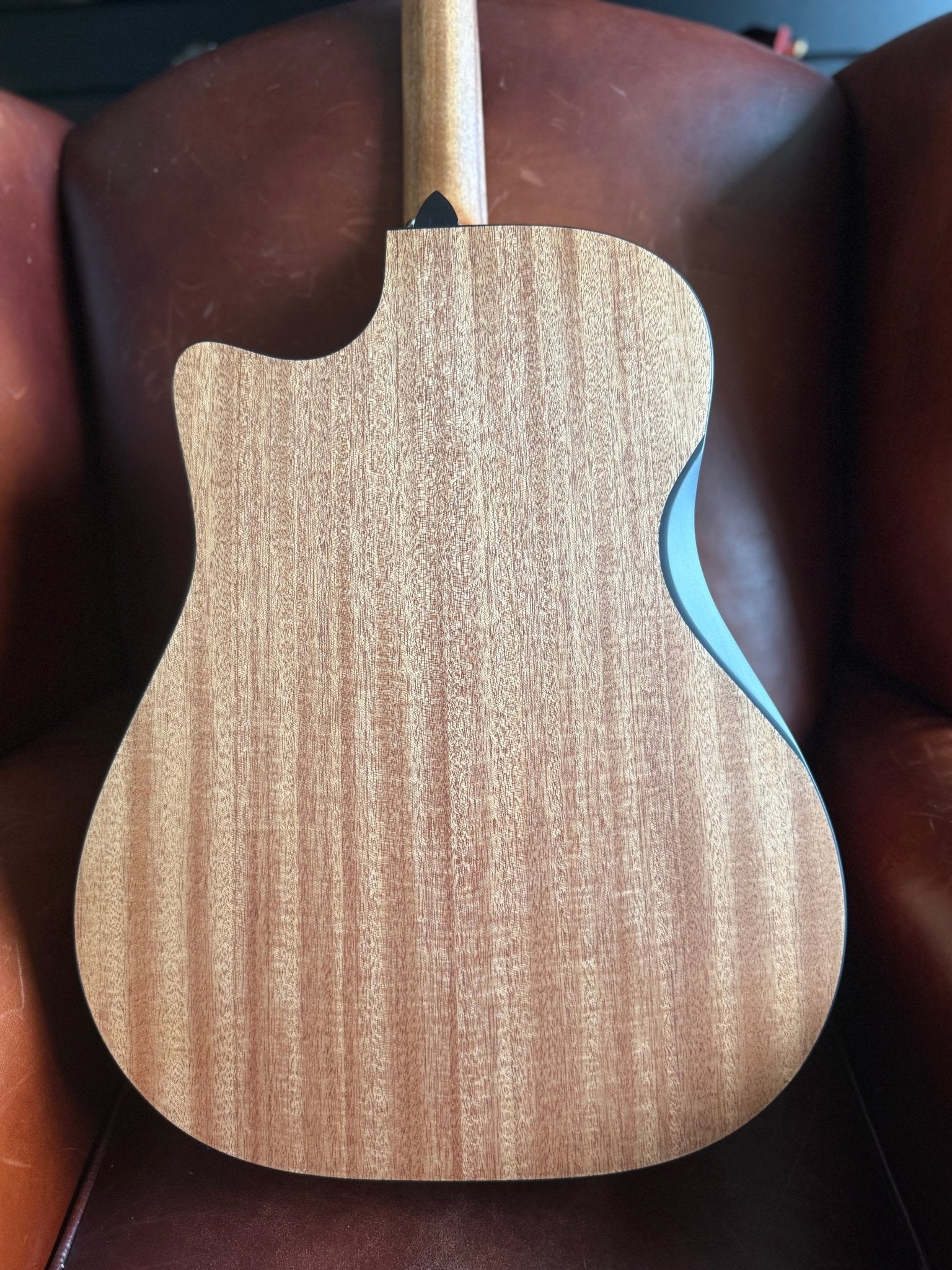
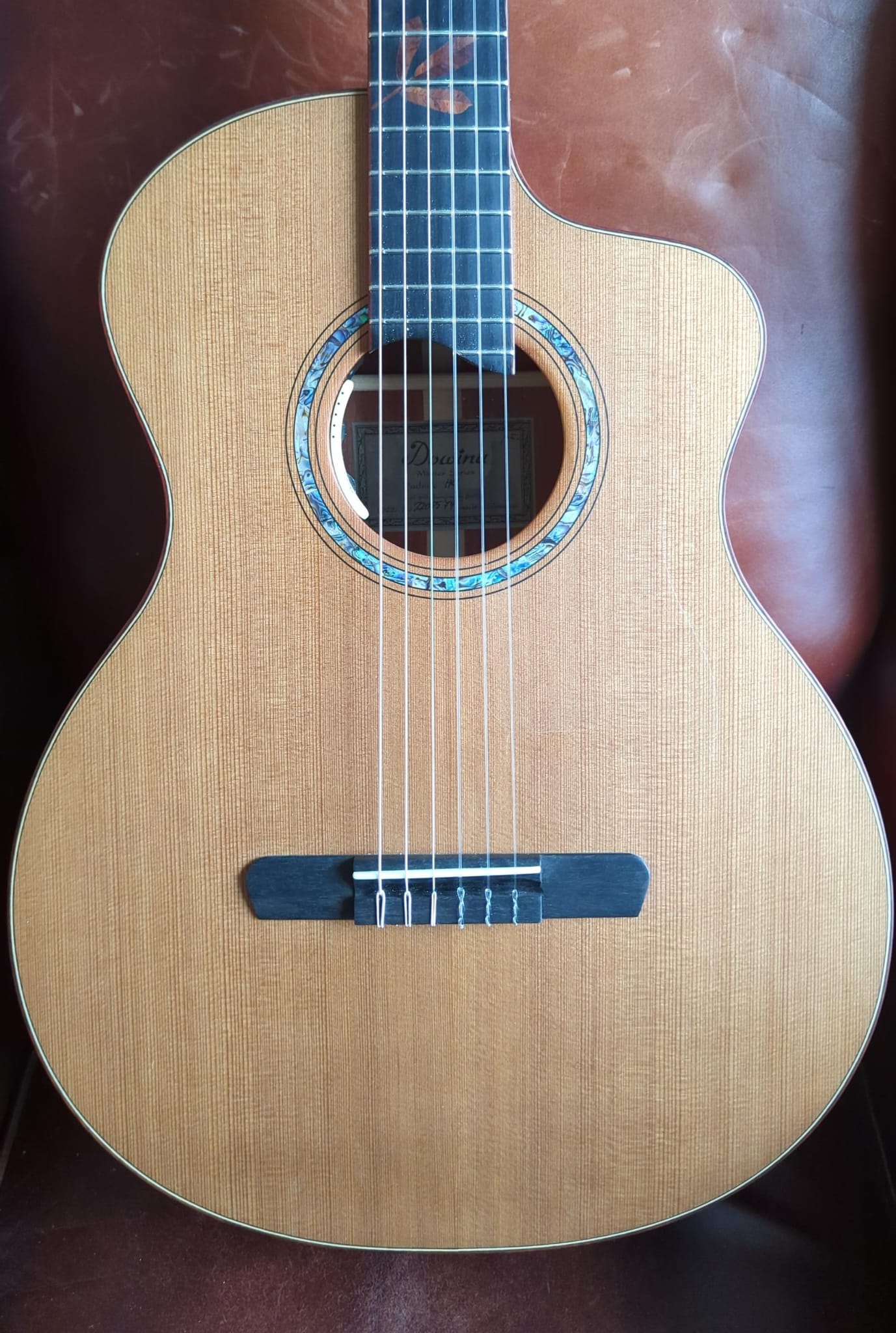
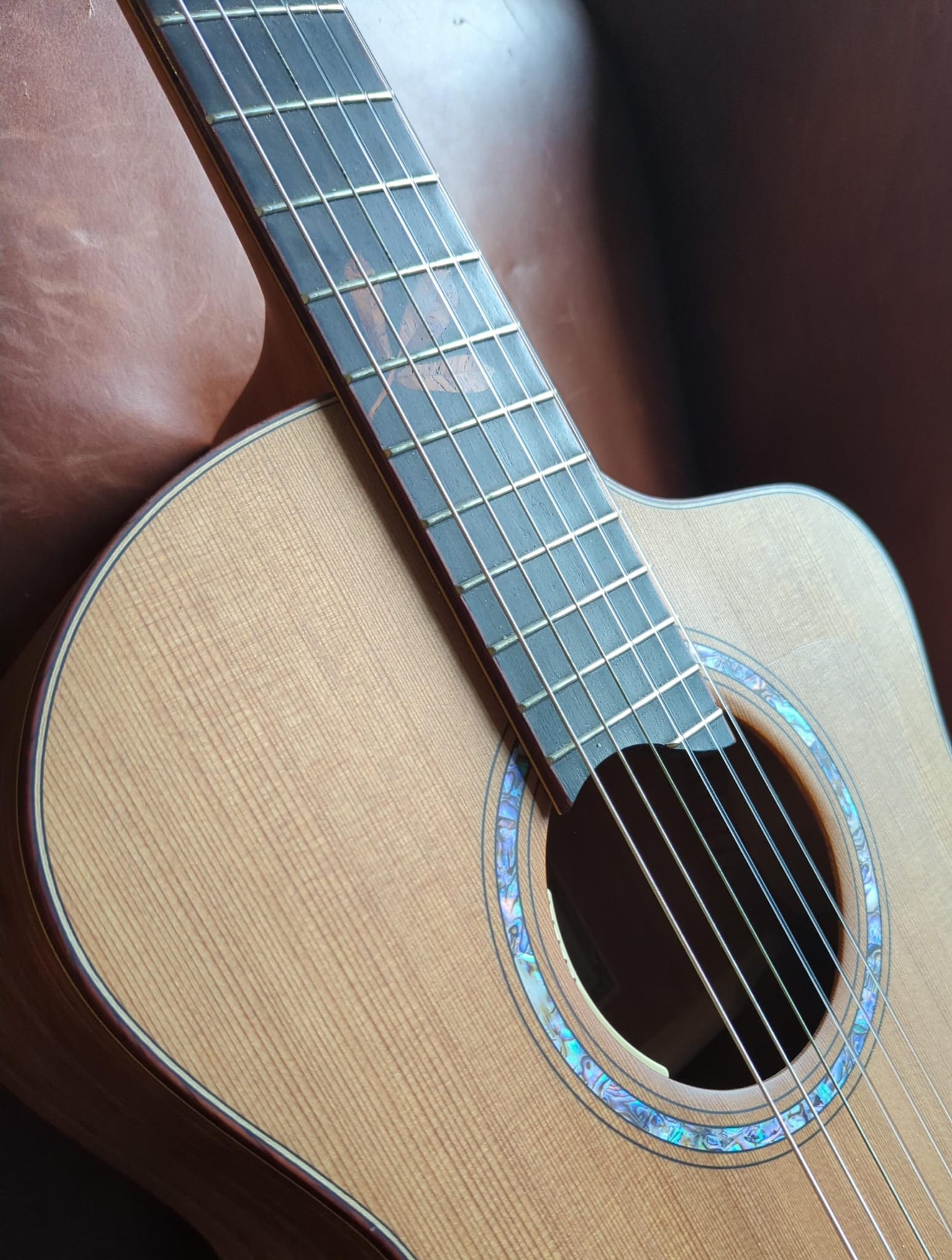
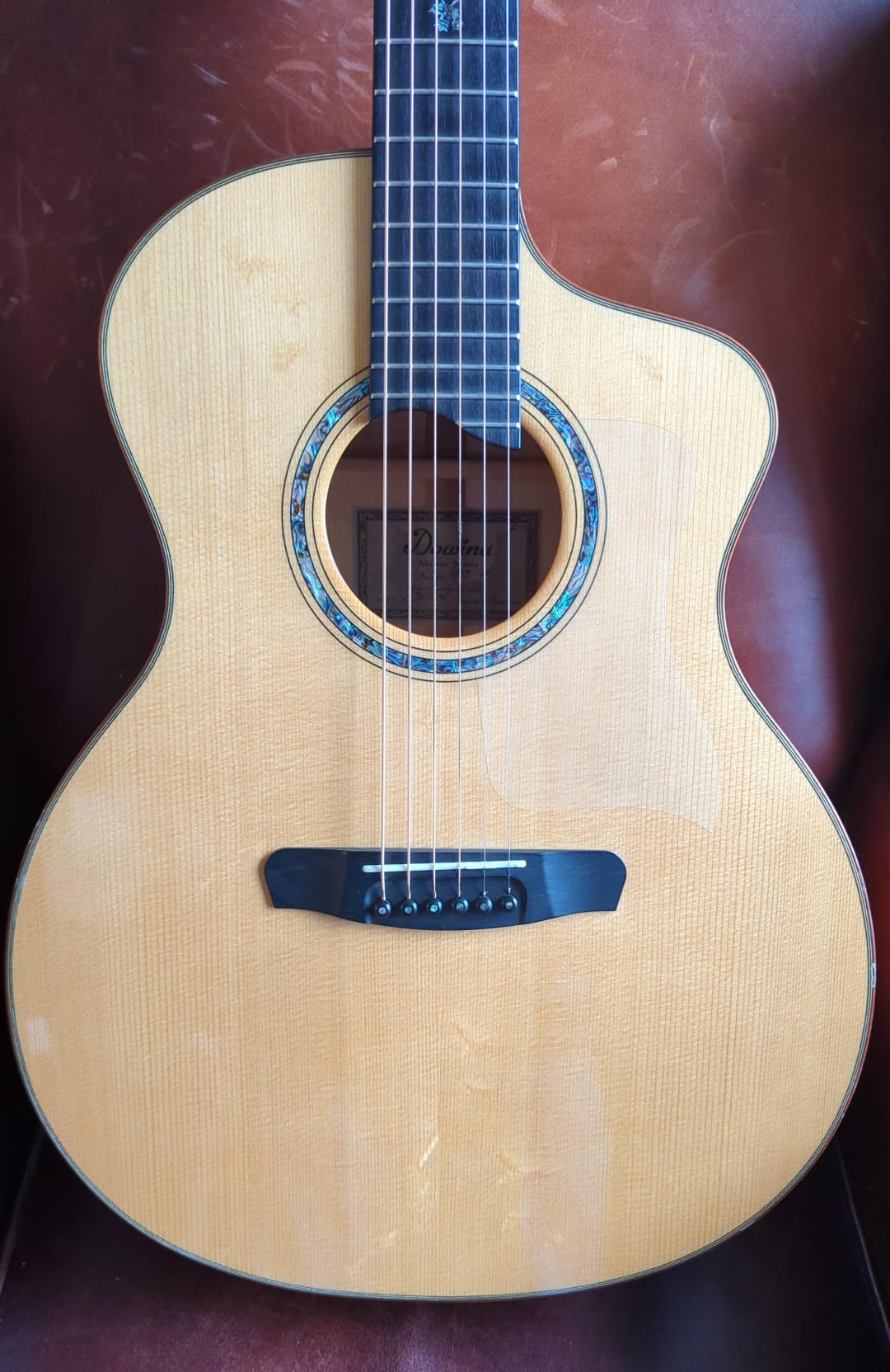
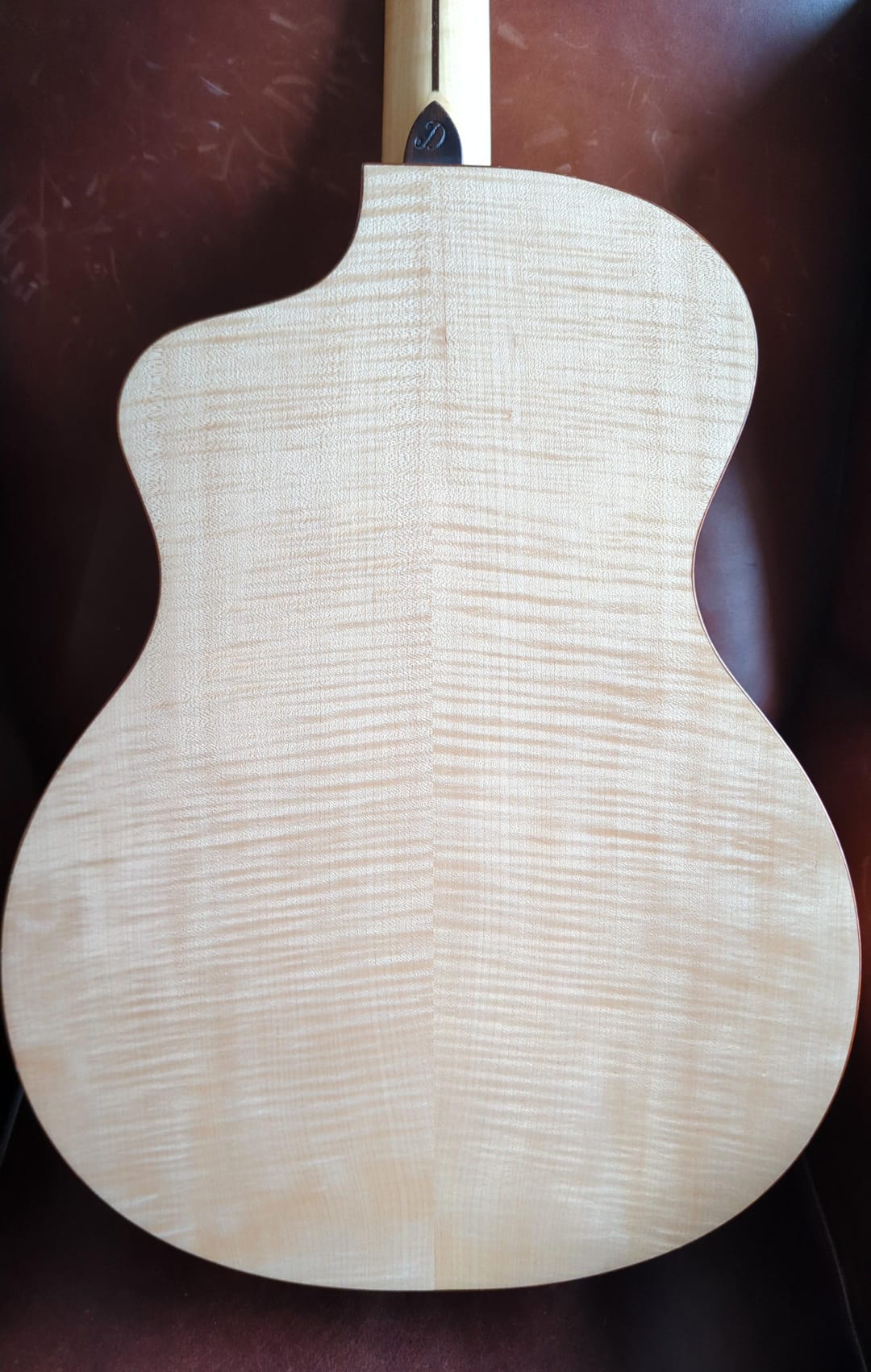
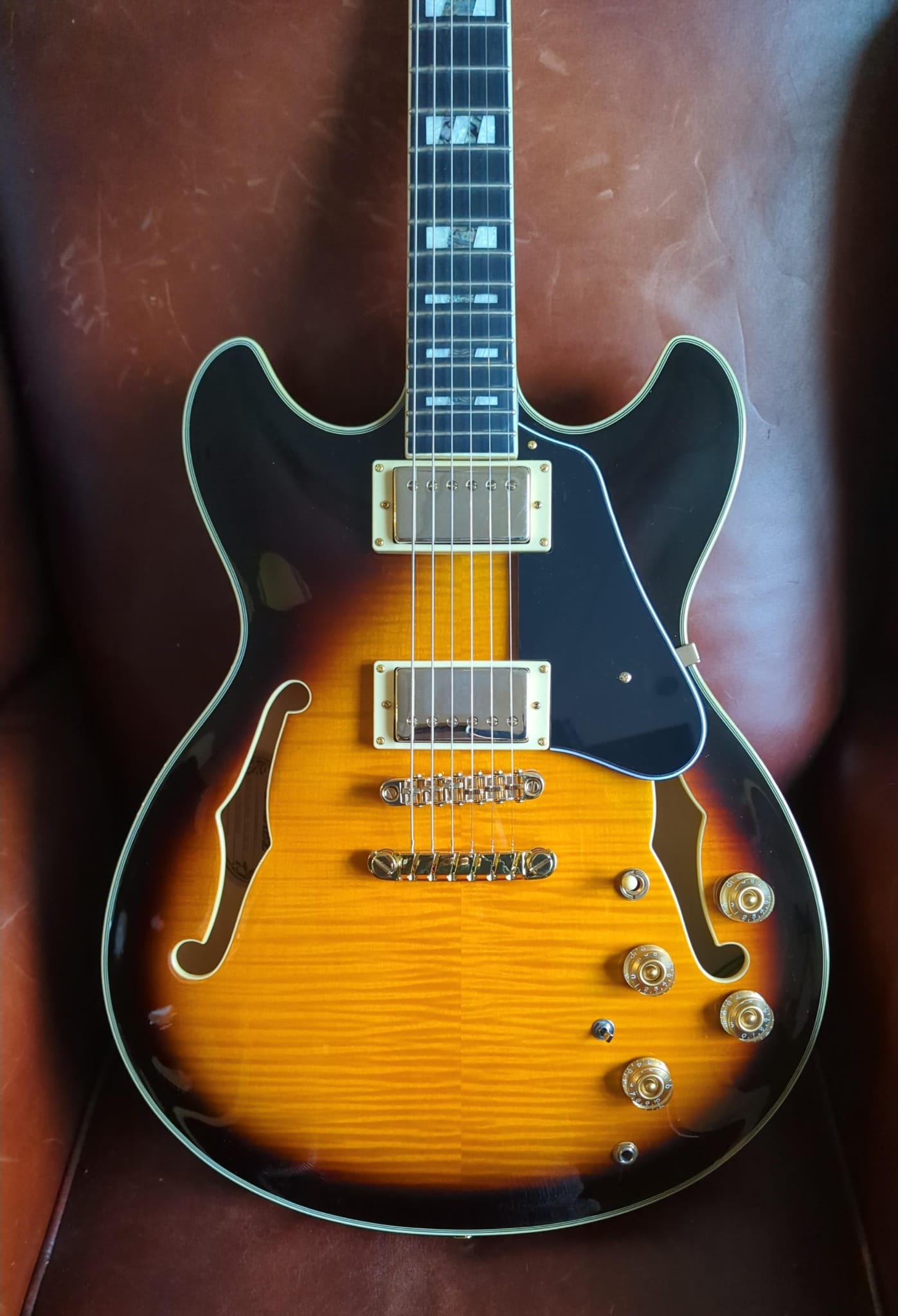
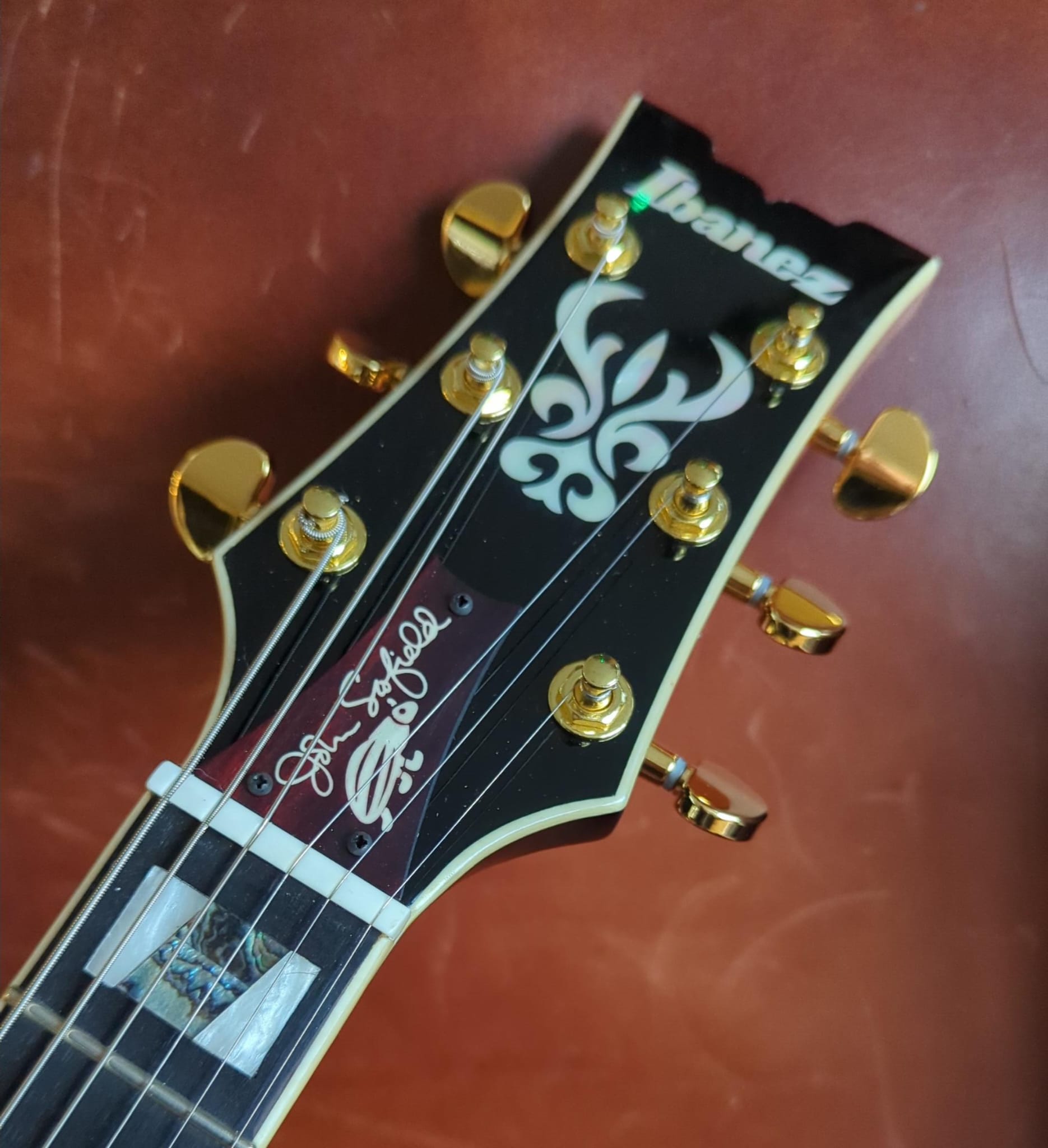
![G&L USA Made ASAT - late 80s/early 90s [Used] - Richards Guitars Of Stratford Upon Avon](http://rguitars.co.uk/cdn/shop/files/gl-usa-made-asat-late-80searly-90s-used-1091932.jpg?v=1761670676&width=1378)
![G&L USA Made ASAT - late 80s/early 90s [Used] - Richards Guitars Of Stratford Upon Avon](http://rguitars.co.uk/cdn/shop/files/gl-usa-made-asat-late-80searly-90s-used-7964817.jpg?v=1761670677&width=1828)
![Eastman AC630 - SB [Used] - Richards Guitars Of Stratford Upon Avon](http://rguitars.co.uk/cdn/shop/files/eastman-ac630-sb-used-5743157.jpg?v=1760421581&width=1080)
![Eastman AC630 - SB [Used] - Richards Guitars Of Stratford Upon Avon](http://rguitars.co.uk/cdn/shop/files/eastman-ac630-sb-used-2967411.jpg?v=1760421593&width=1569)
![Fender American Professional II Jazzmaster - Dark Night [Used] guitar for sale uk](http://rguitars.co.uk/cdn/shop/files/fender-american-professional-ii-jazzmaster-dark-night-used-6840250.jpg?v=1760421430&width=1602)
![Fender American Professional II Jazzmaster - Dark Night [Used] guitar for sale uk](http://rguitars.co.uk/cdn/shop/files/fender-american-professional-ii-jazzmaster-dark-night-used-4375294.jpg?v=1760421432&width=1476)
![Guild Brian May "Red Special" Limited Edition - early 90s - One of 1000 [Used] guitar for sale uk](http://rguitars.co.uk/cdn/shop/files/guild-brian-may-red-special-limited-edition-early-90s-one-of-1000-used-6139630.jpg?v=1760421357&width=1492)
![Guild Brian May "Red Special" Limited Edition - early 90s - One of 1000 [Used] guitar for sale uk](http://rguitars.co.uk/cdn/shop/files/guild-brian-may-red-special-limited-edition-early-90s-one-of-1000-used-9797150.jpg?v=1760421365&width=1644)
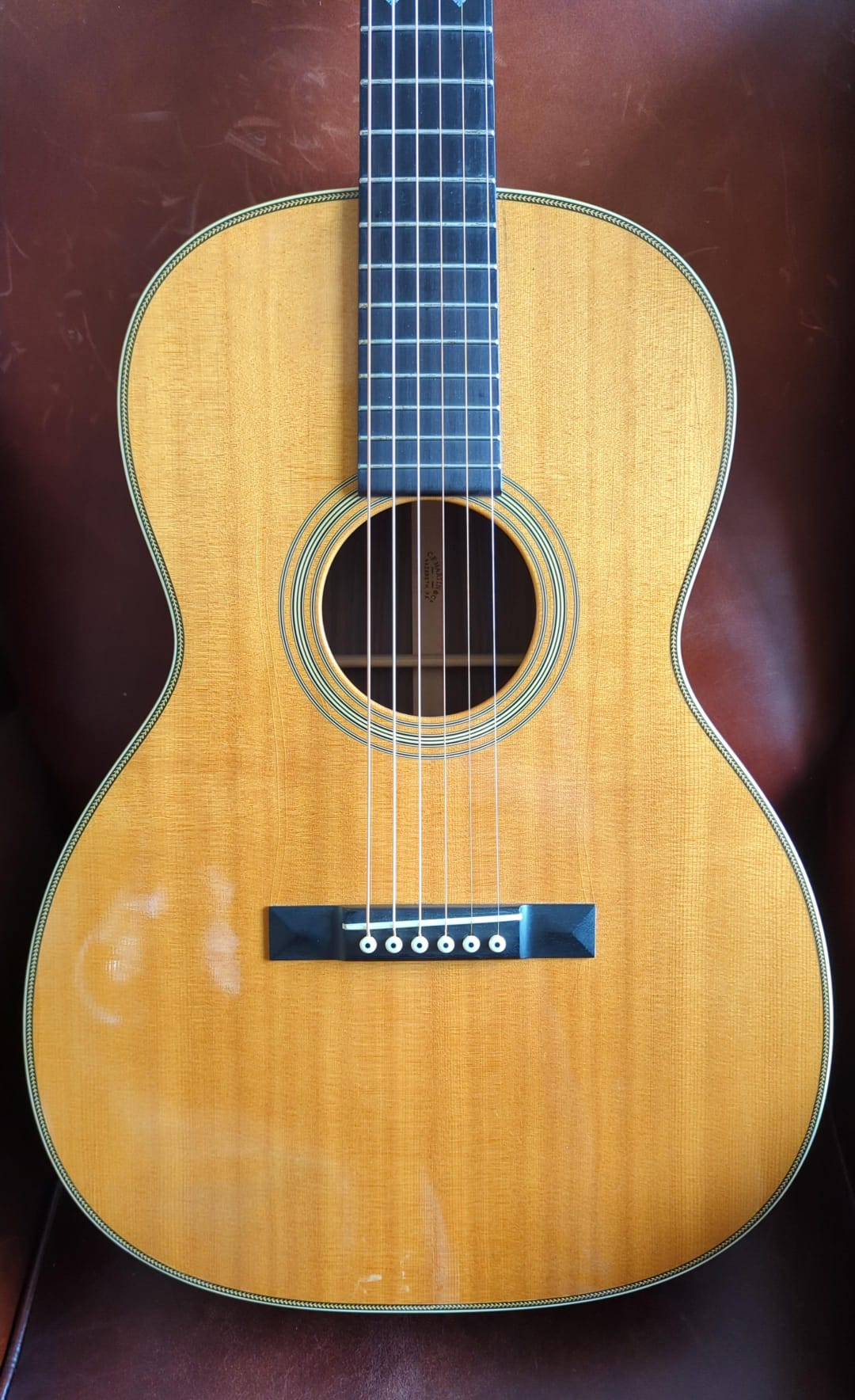
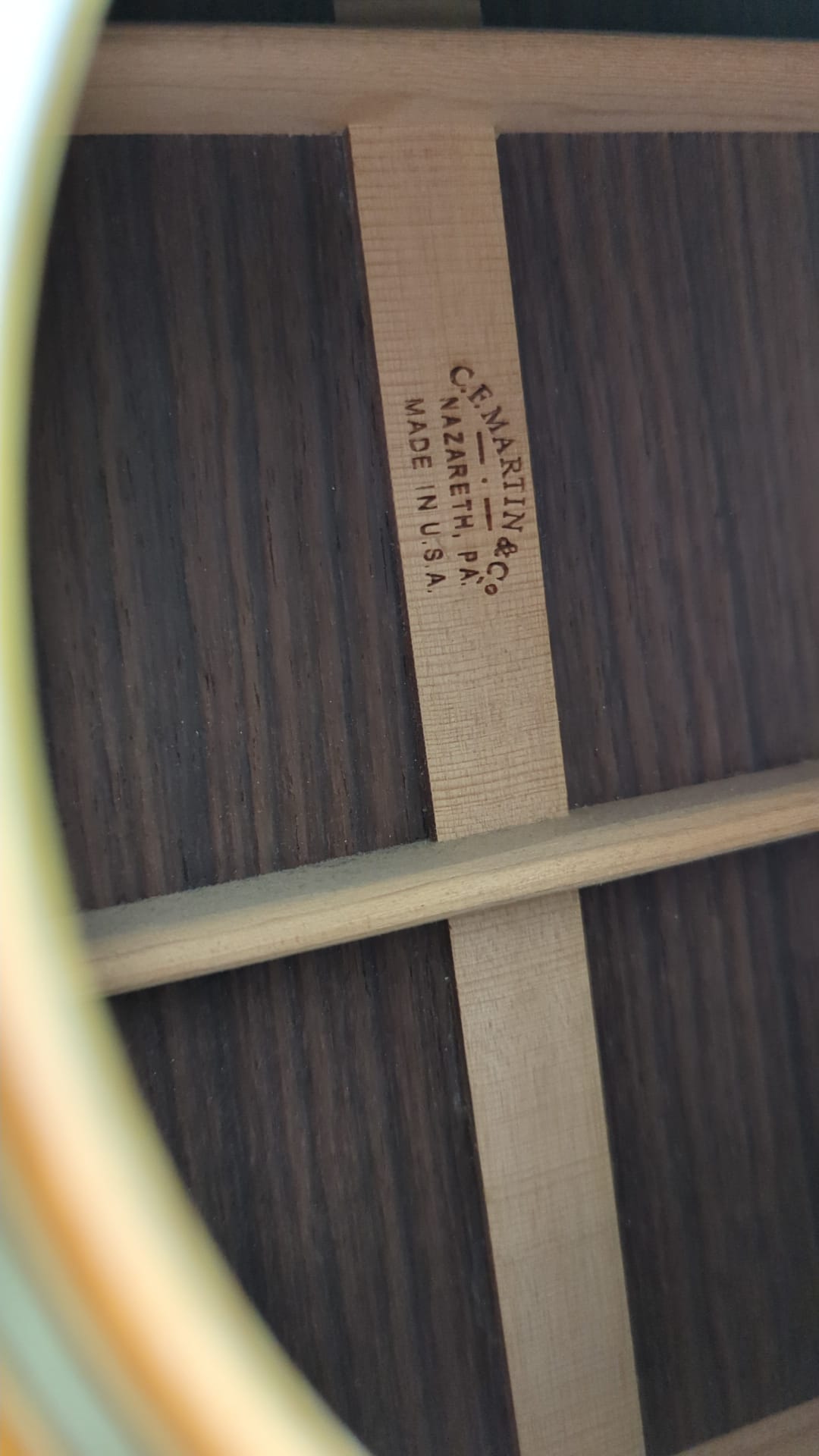
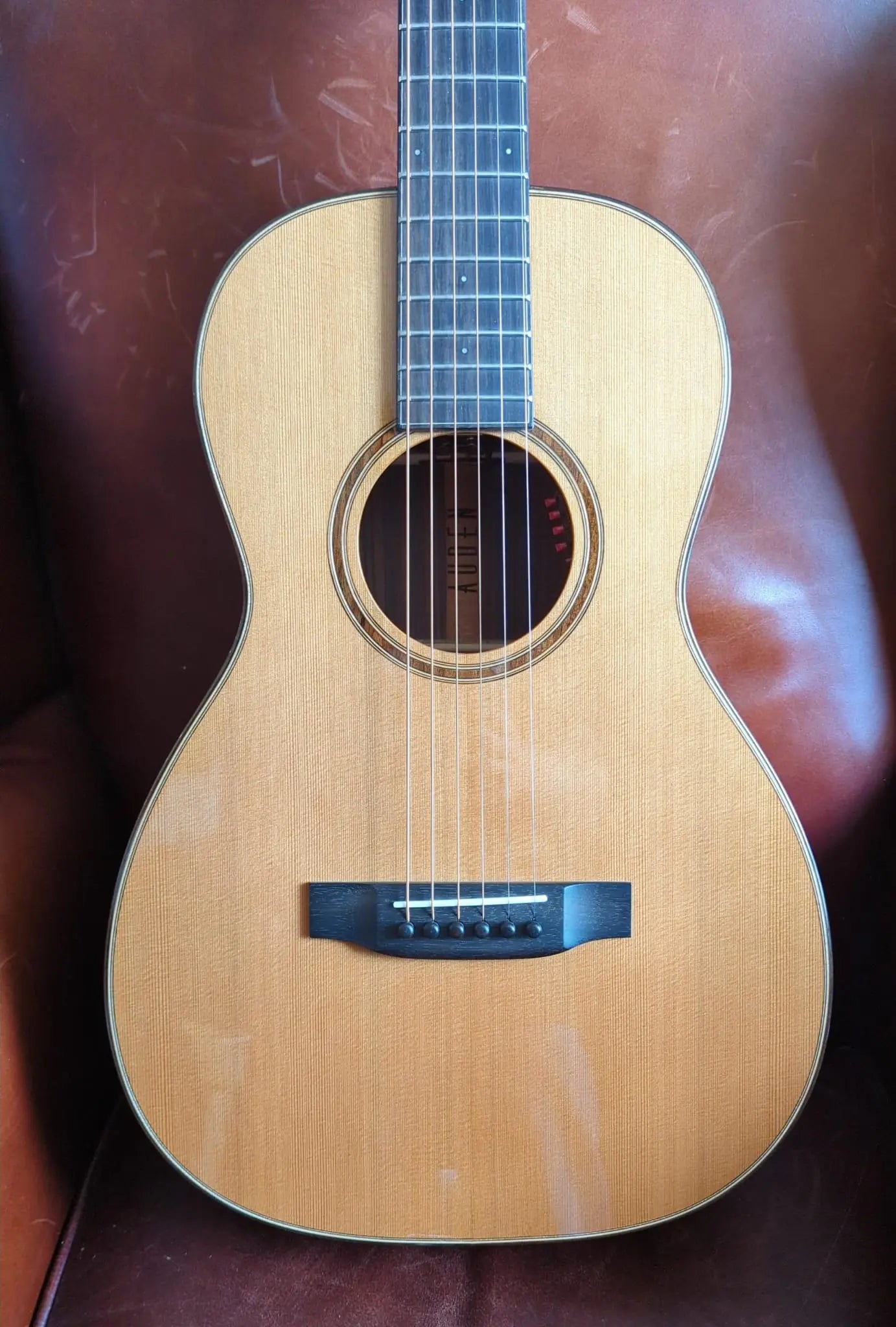
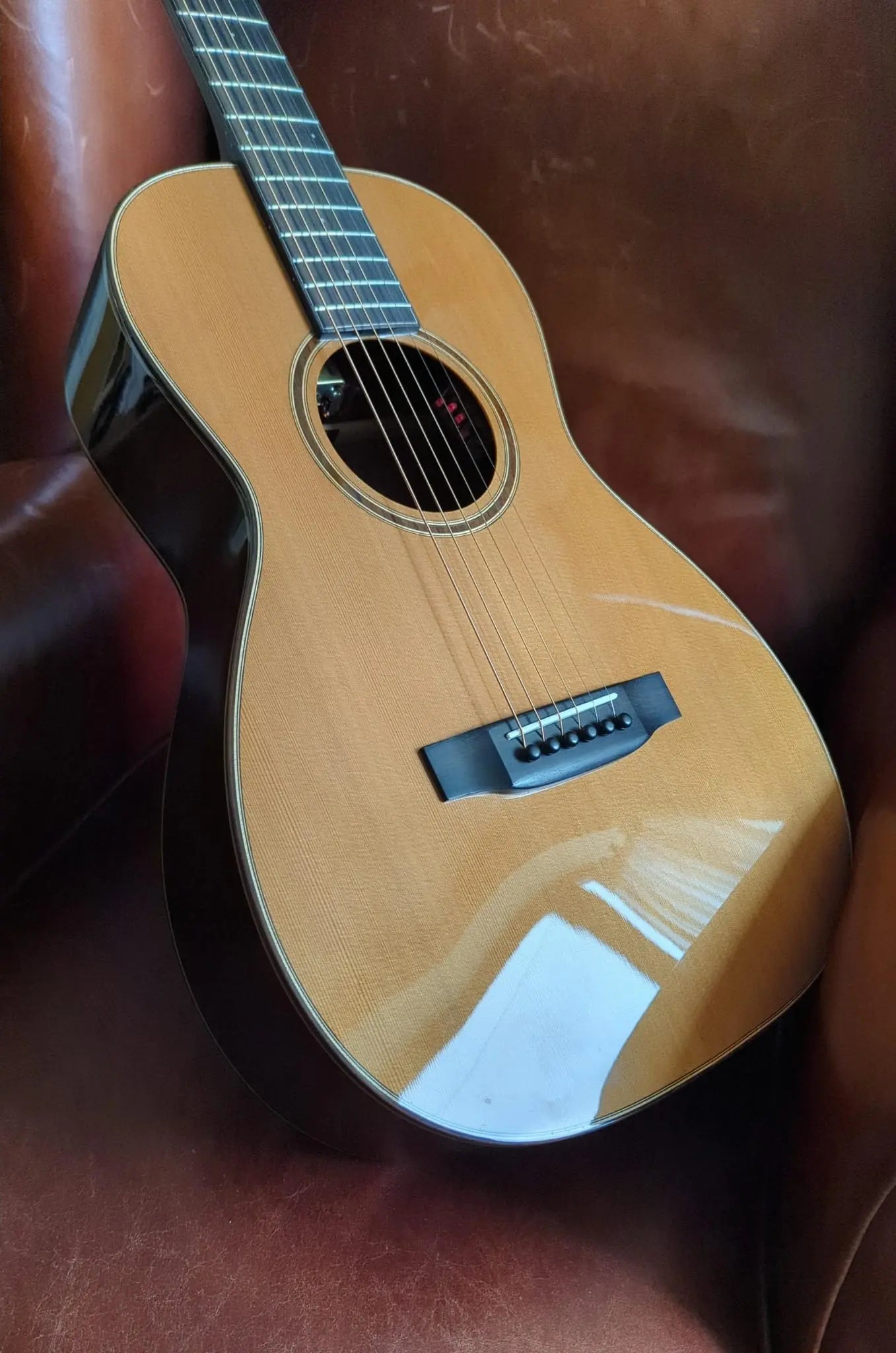
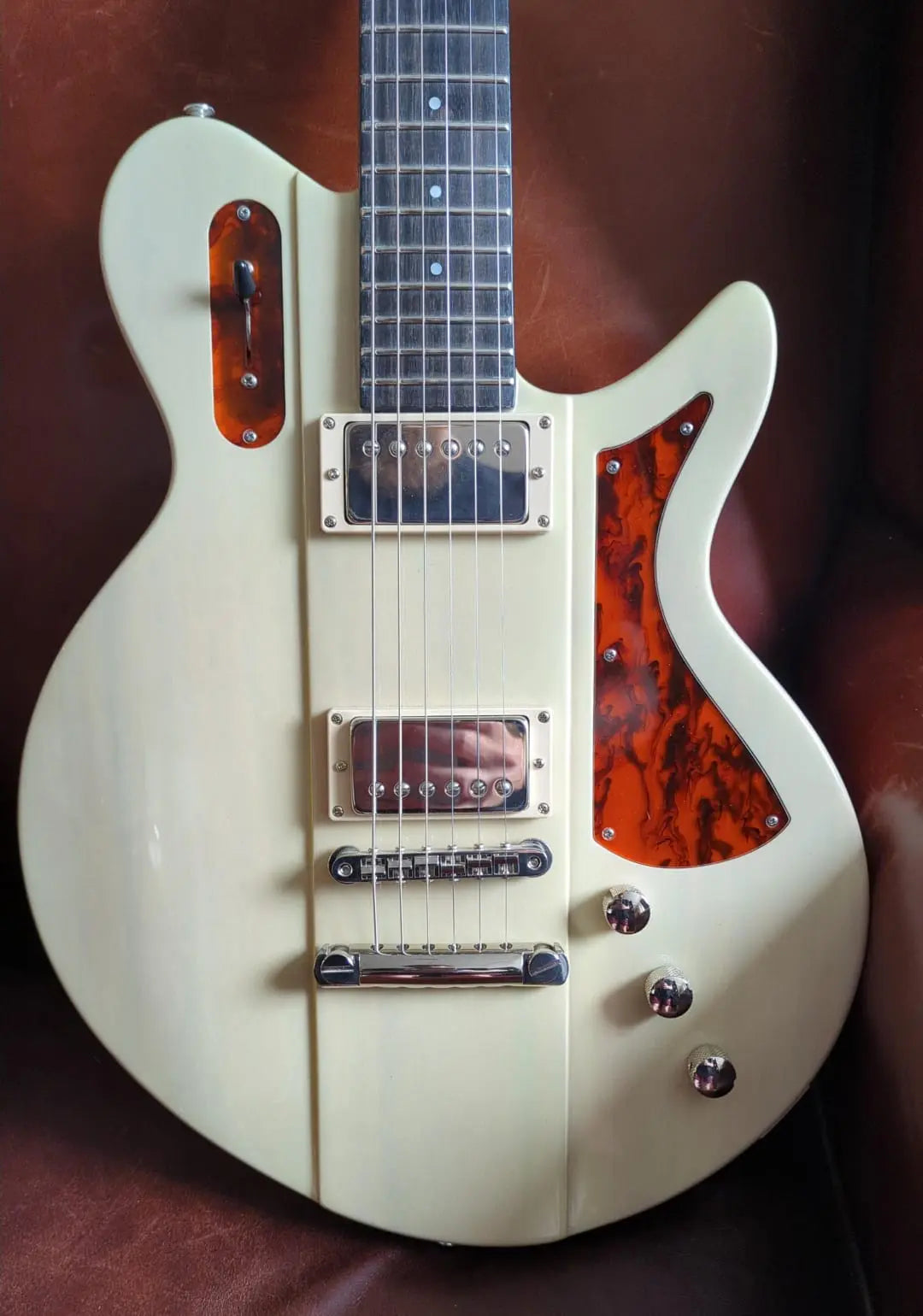
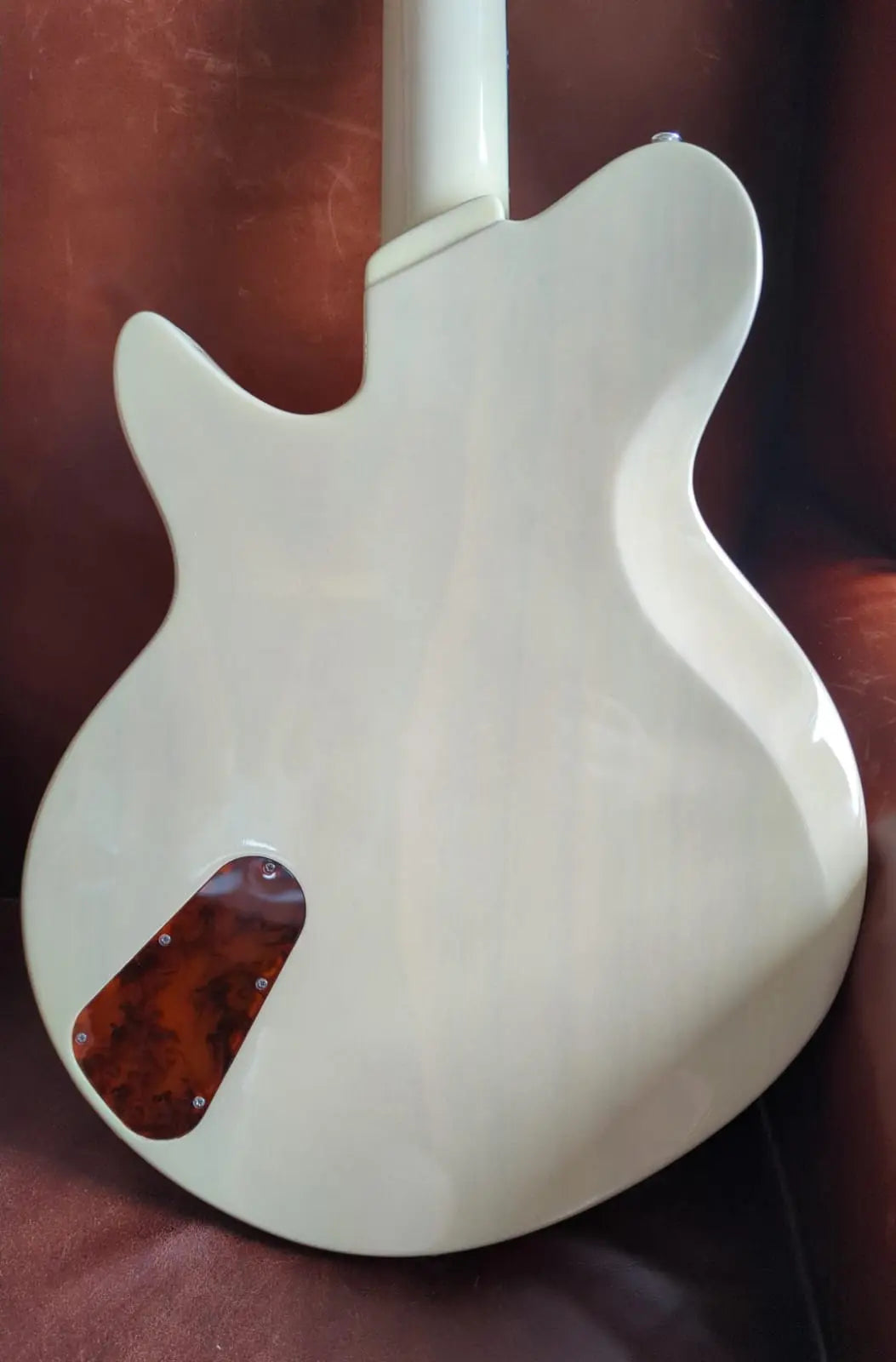

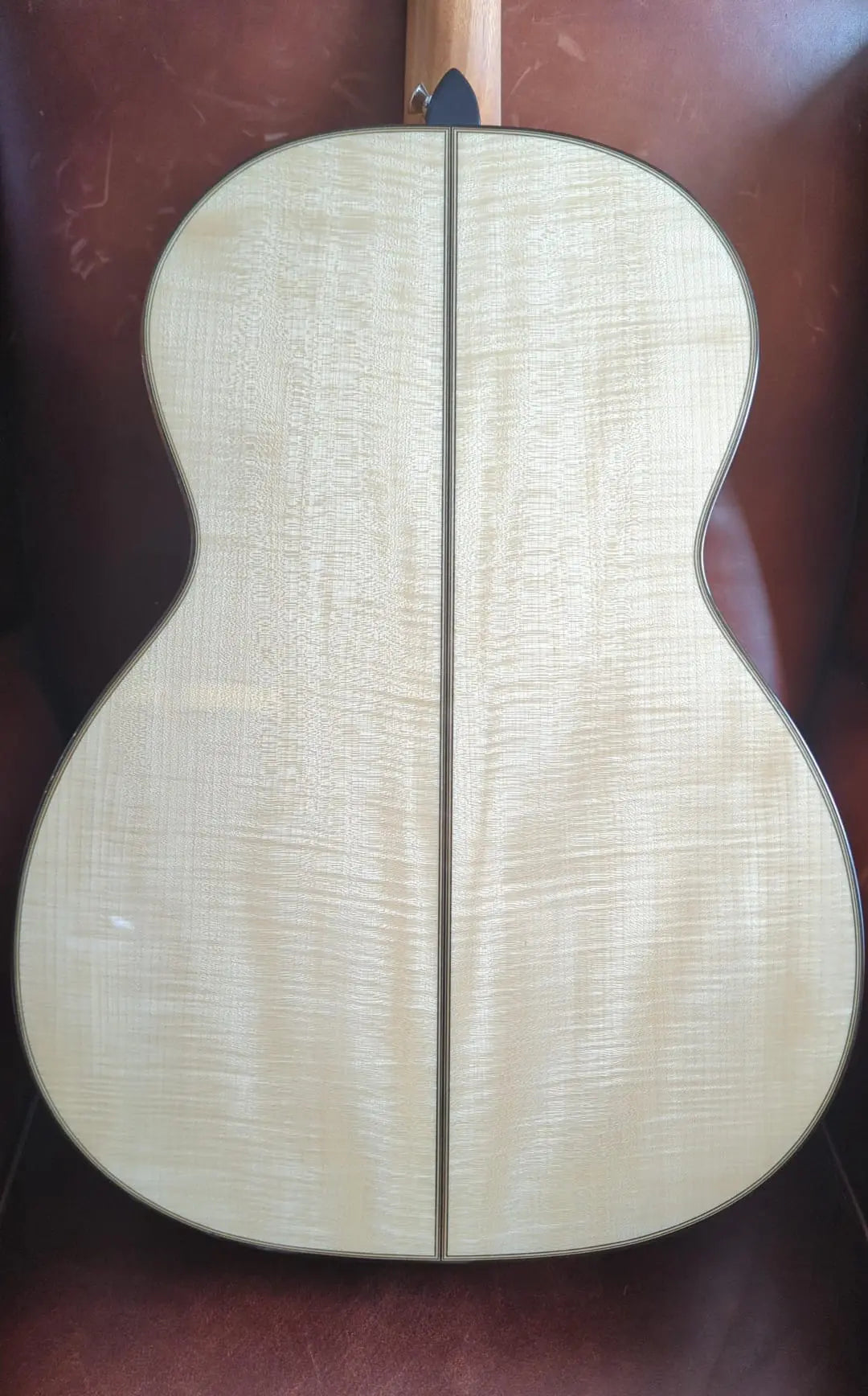
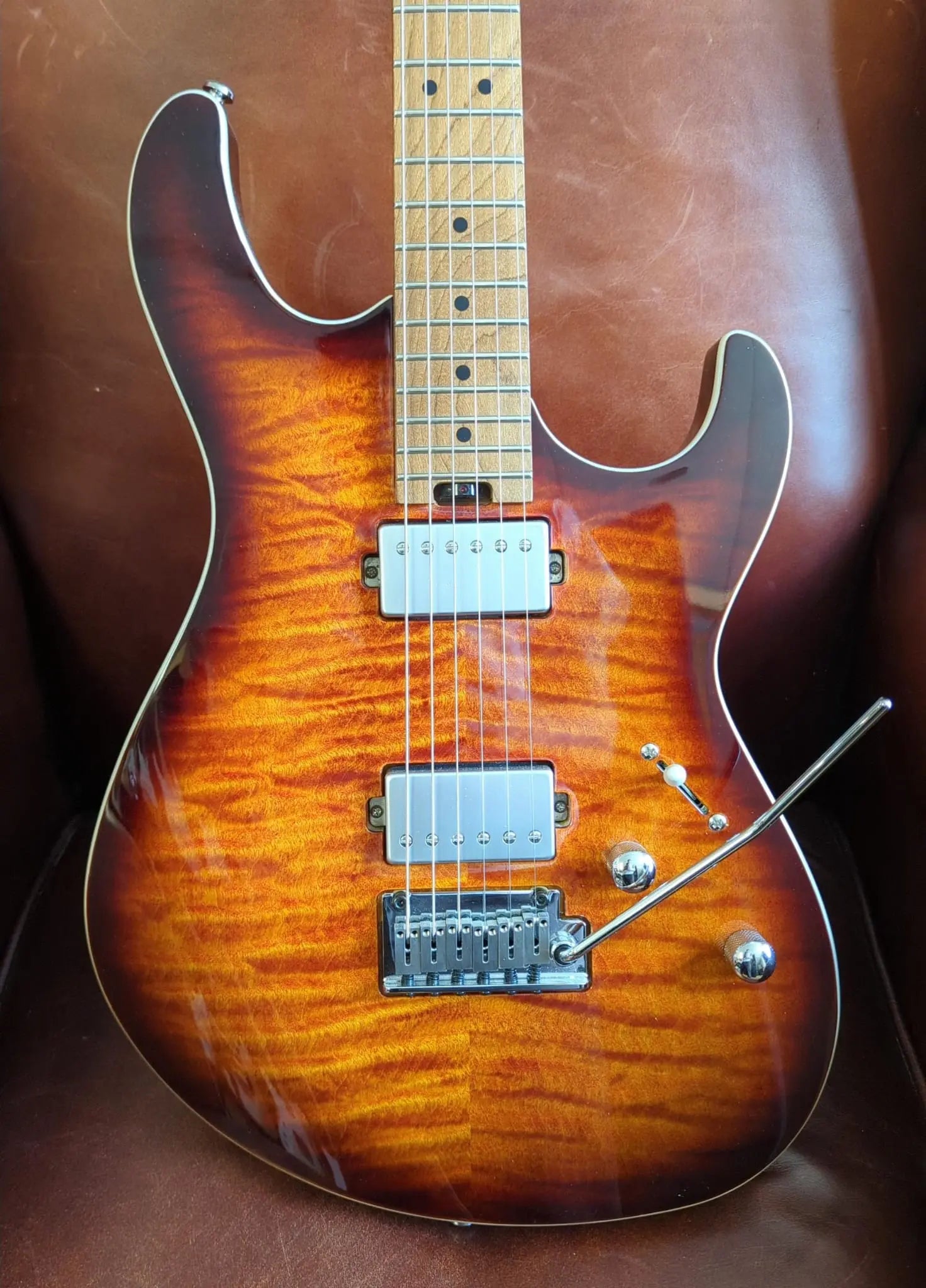
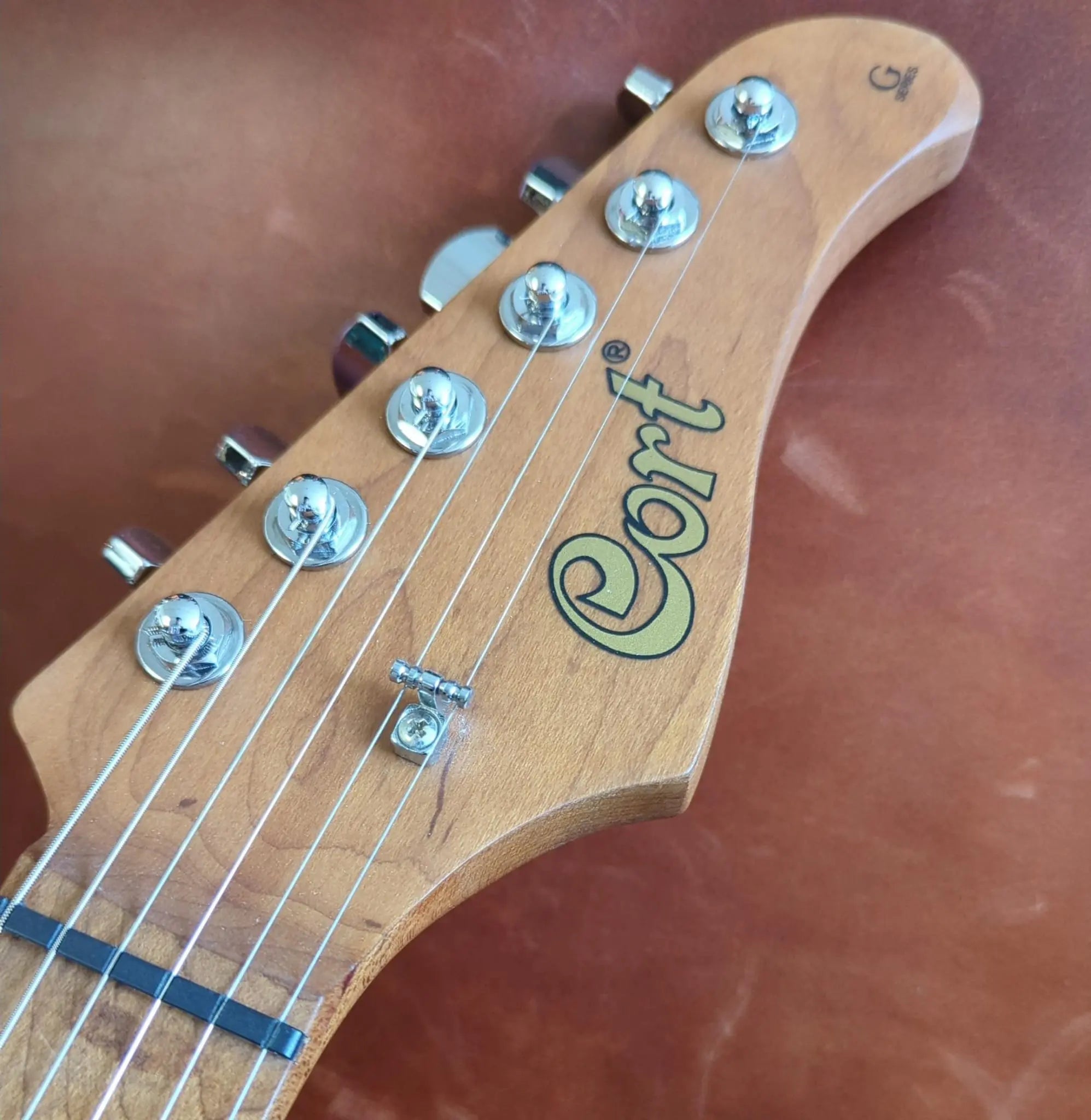
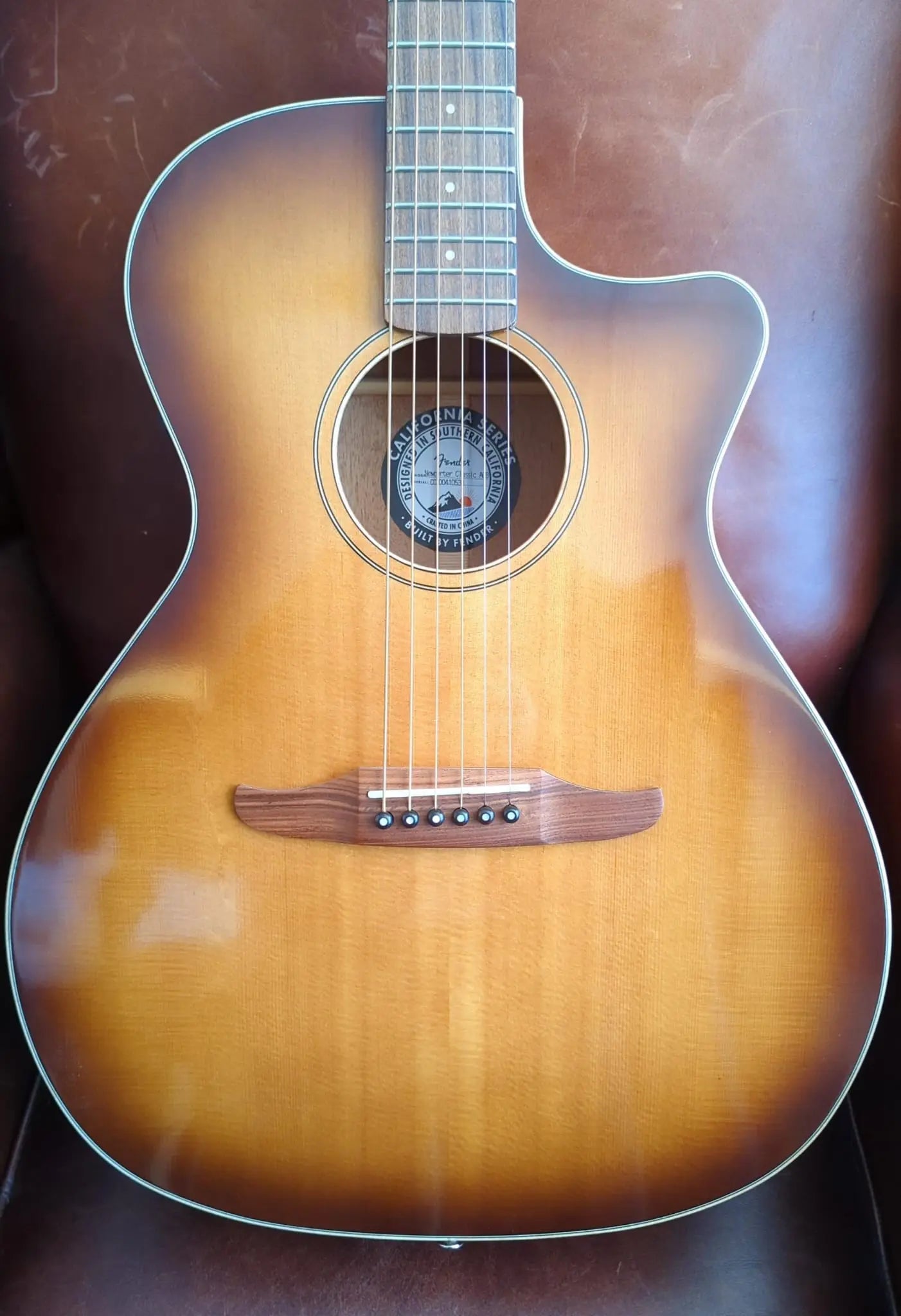
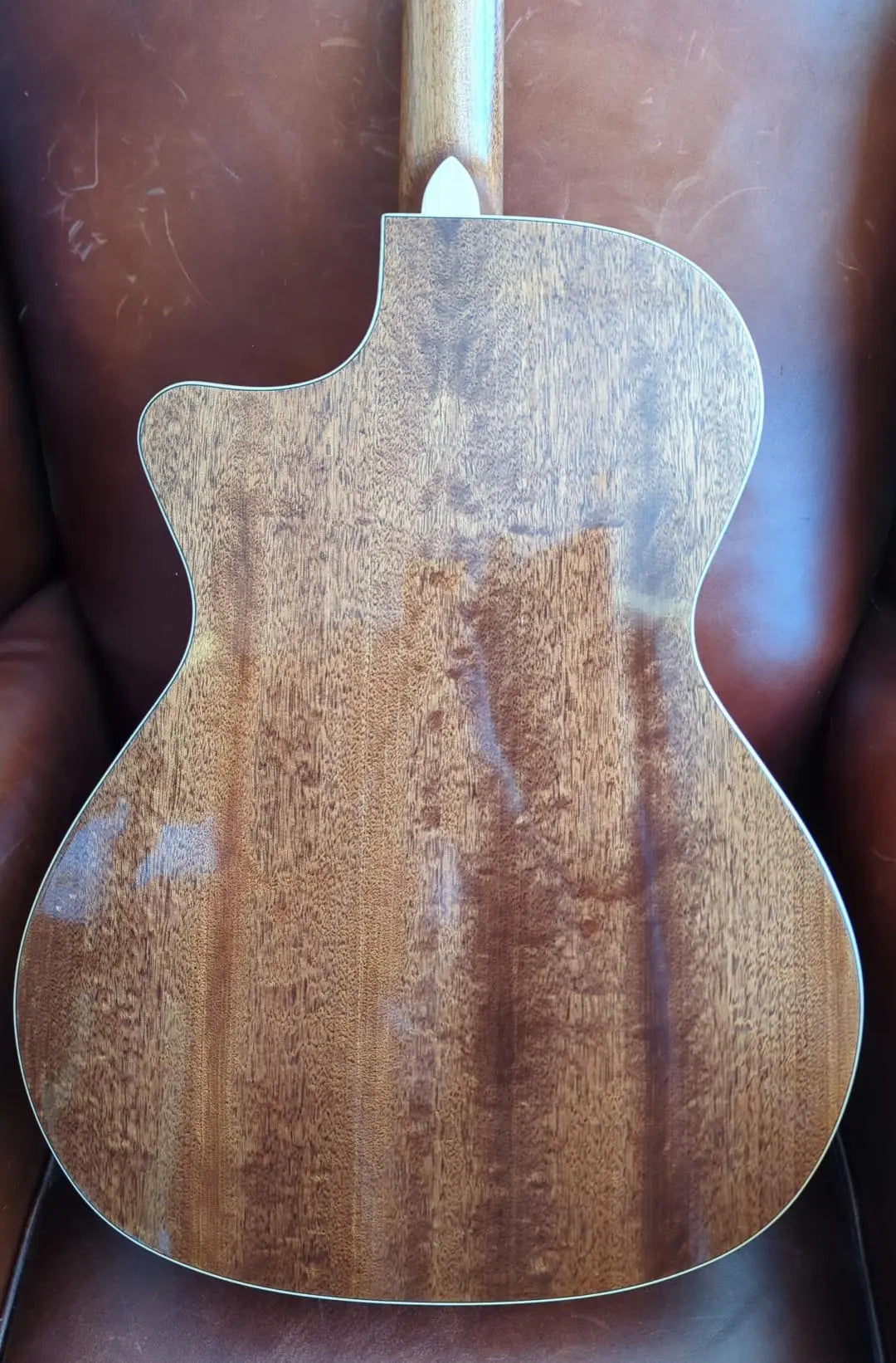
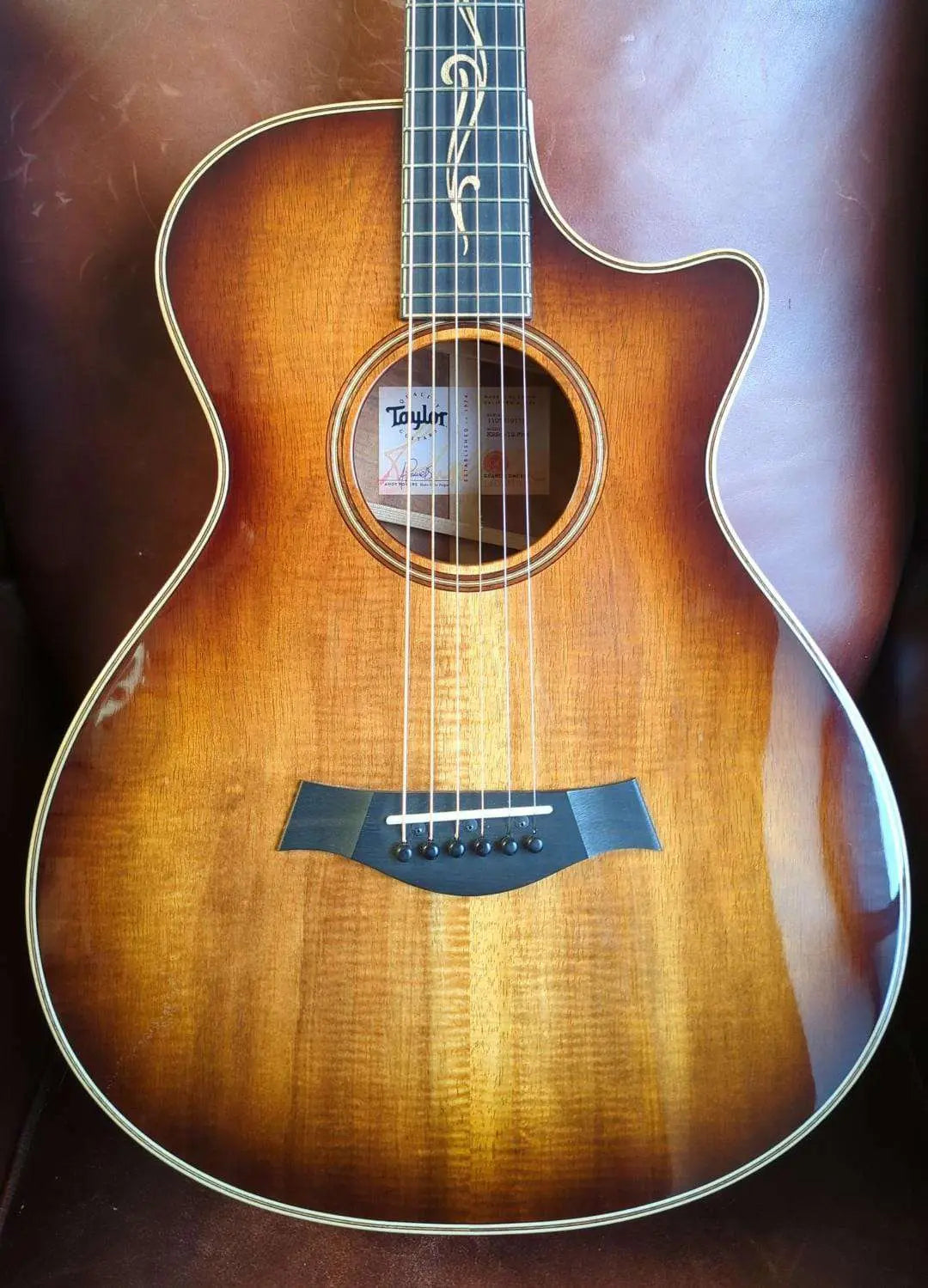
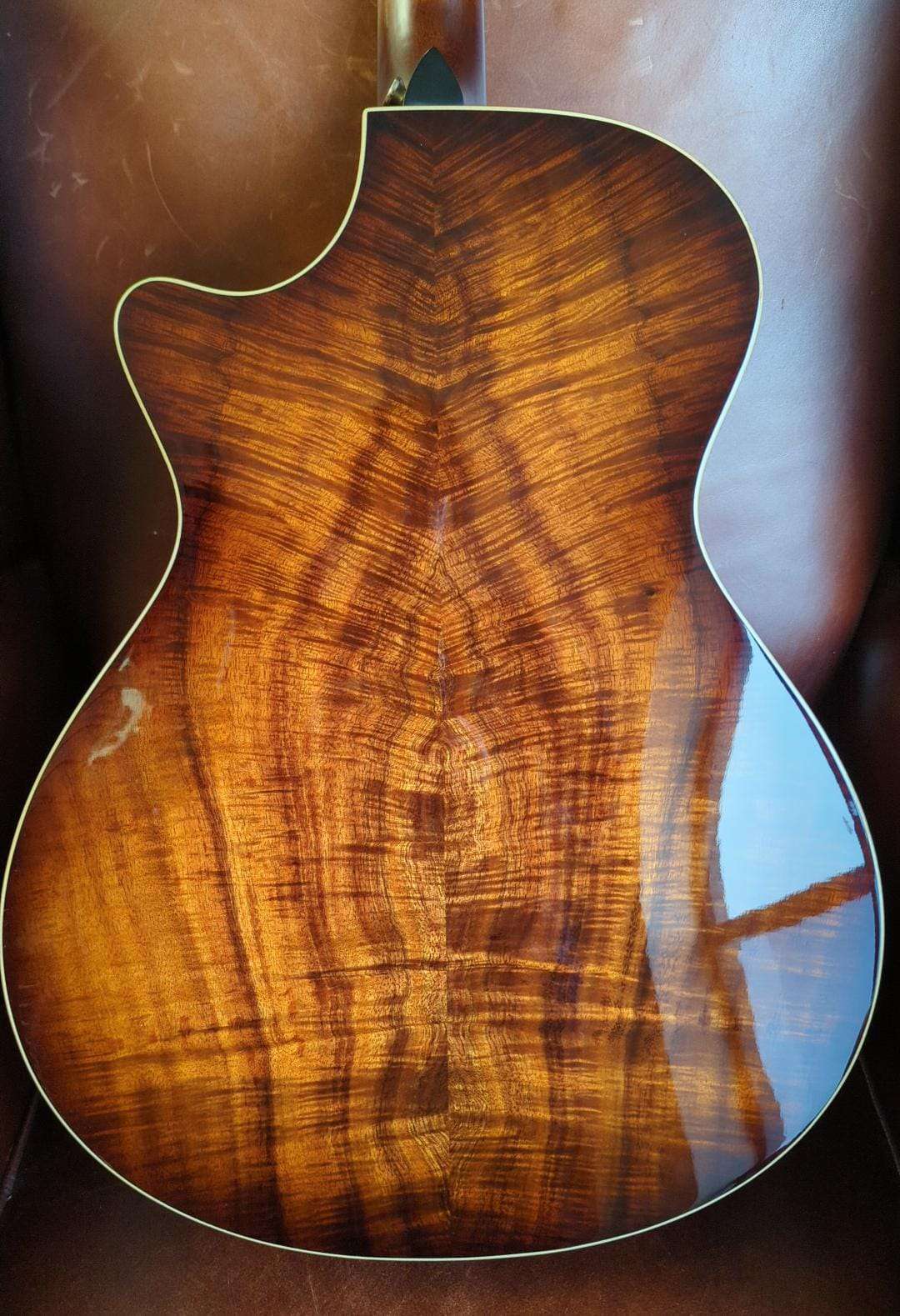
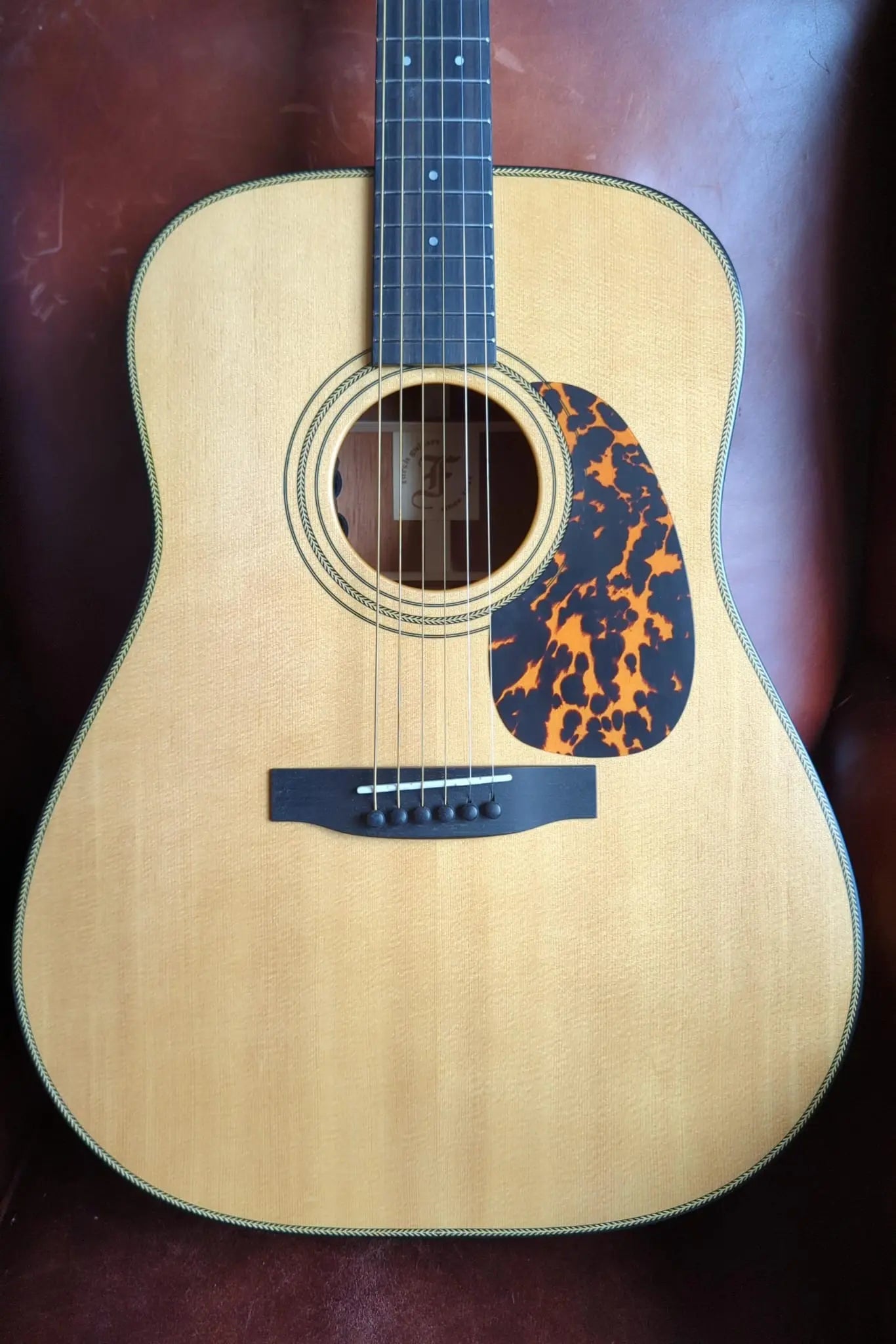
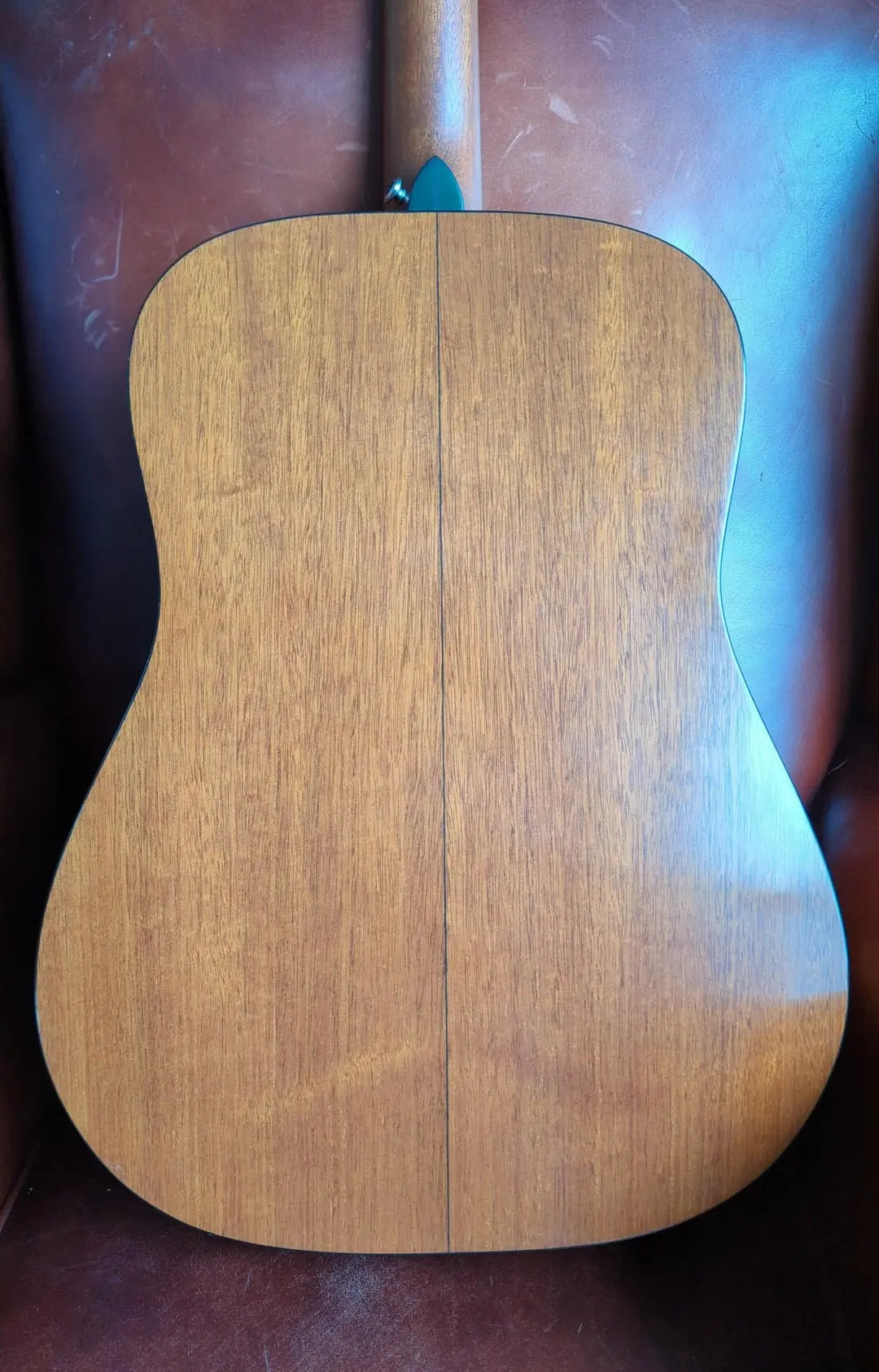
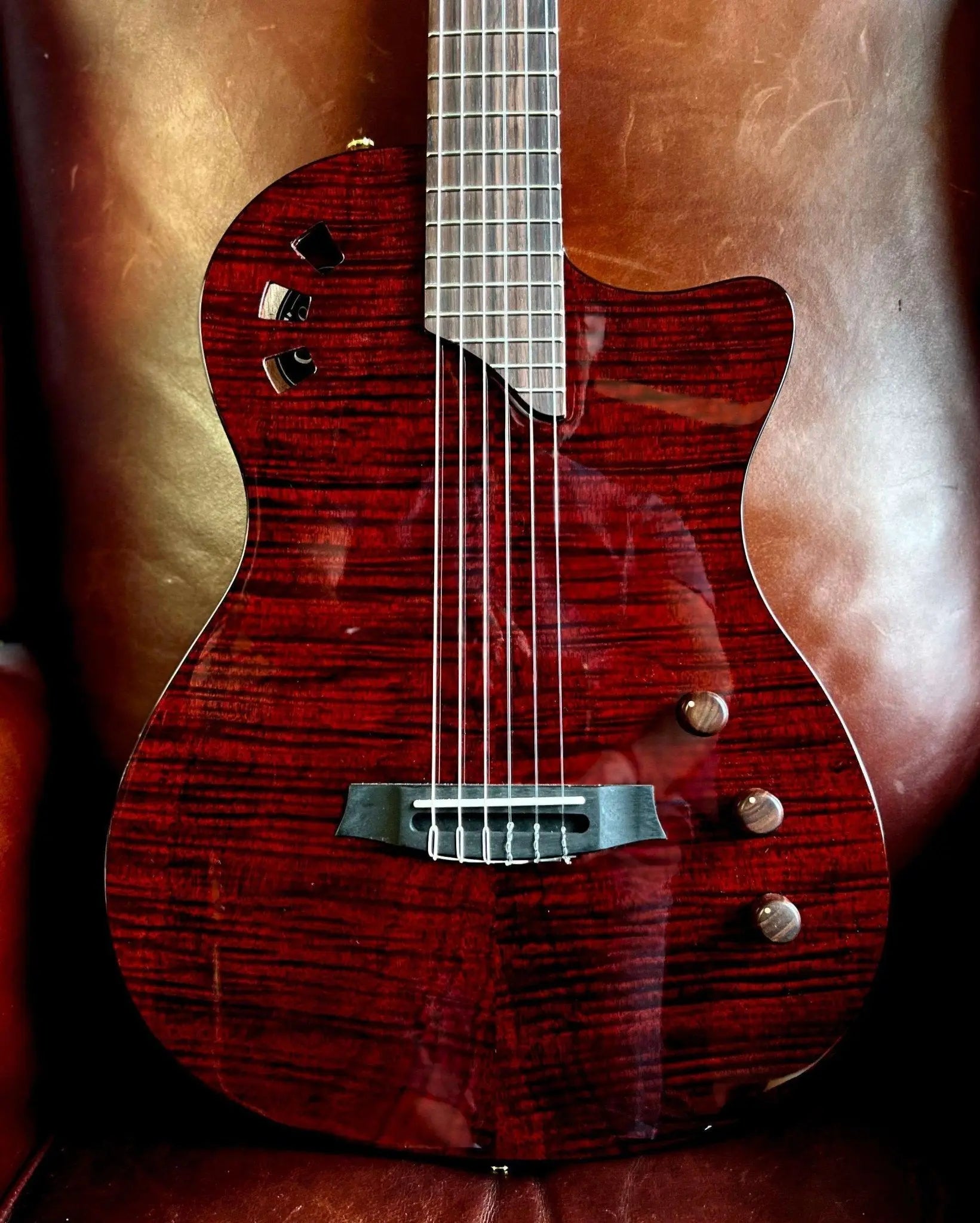
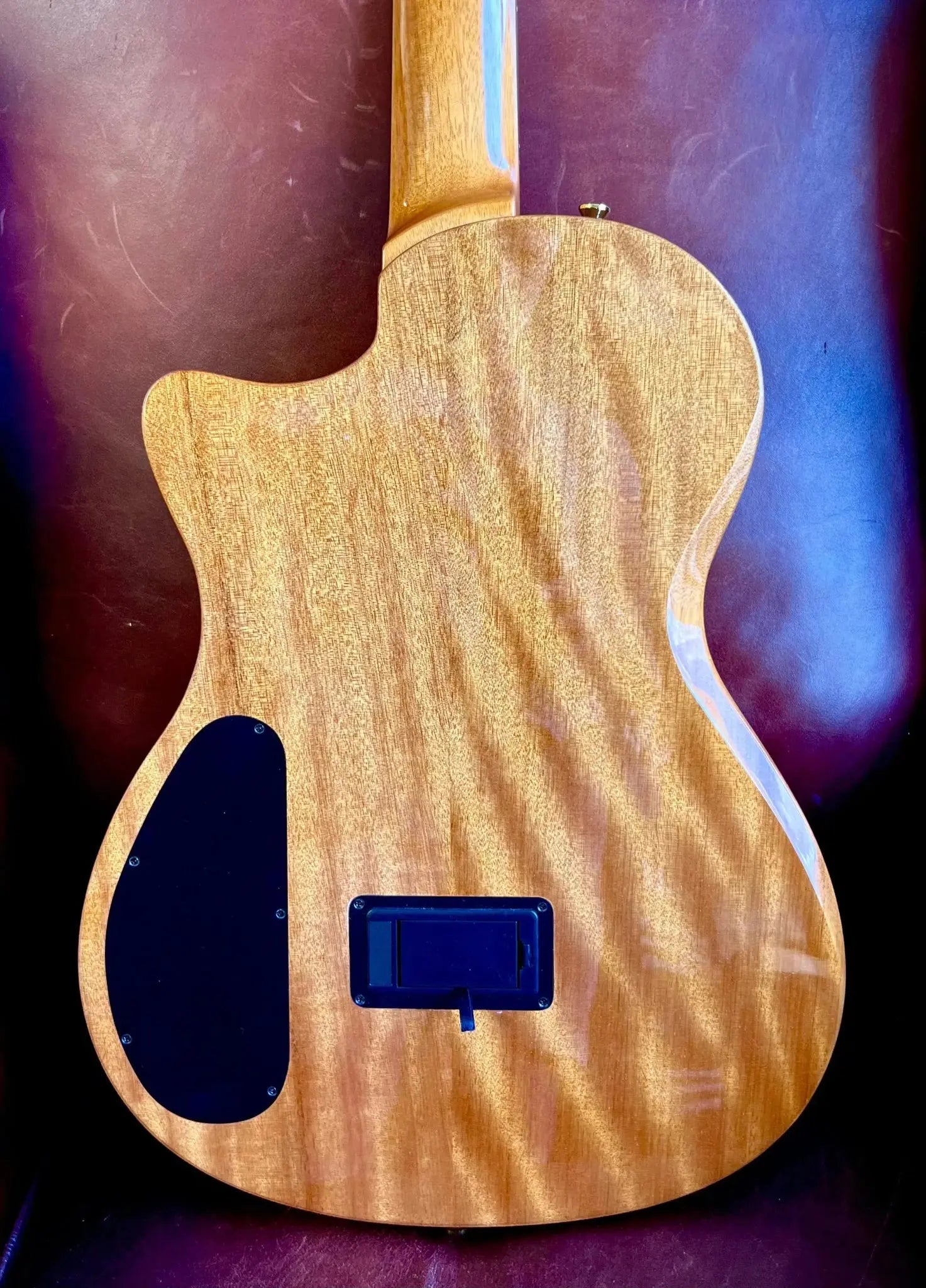
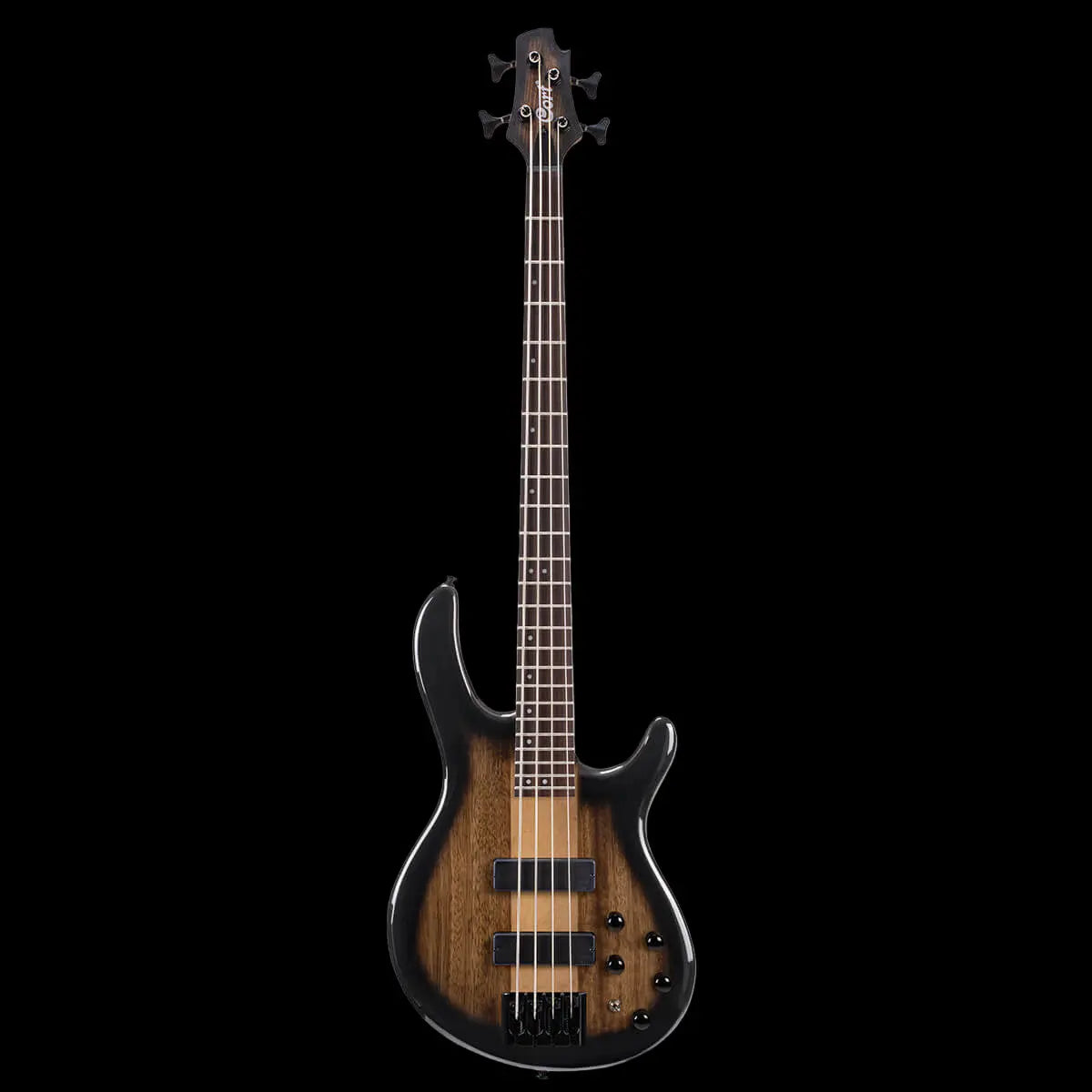


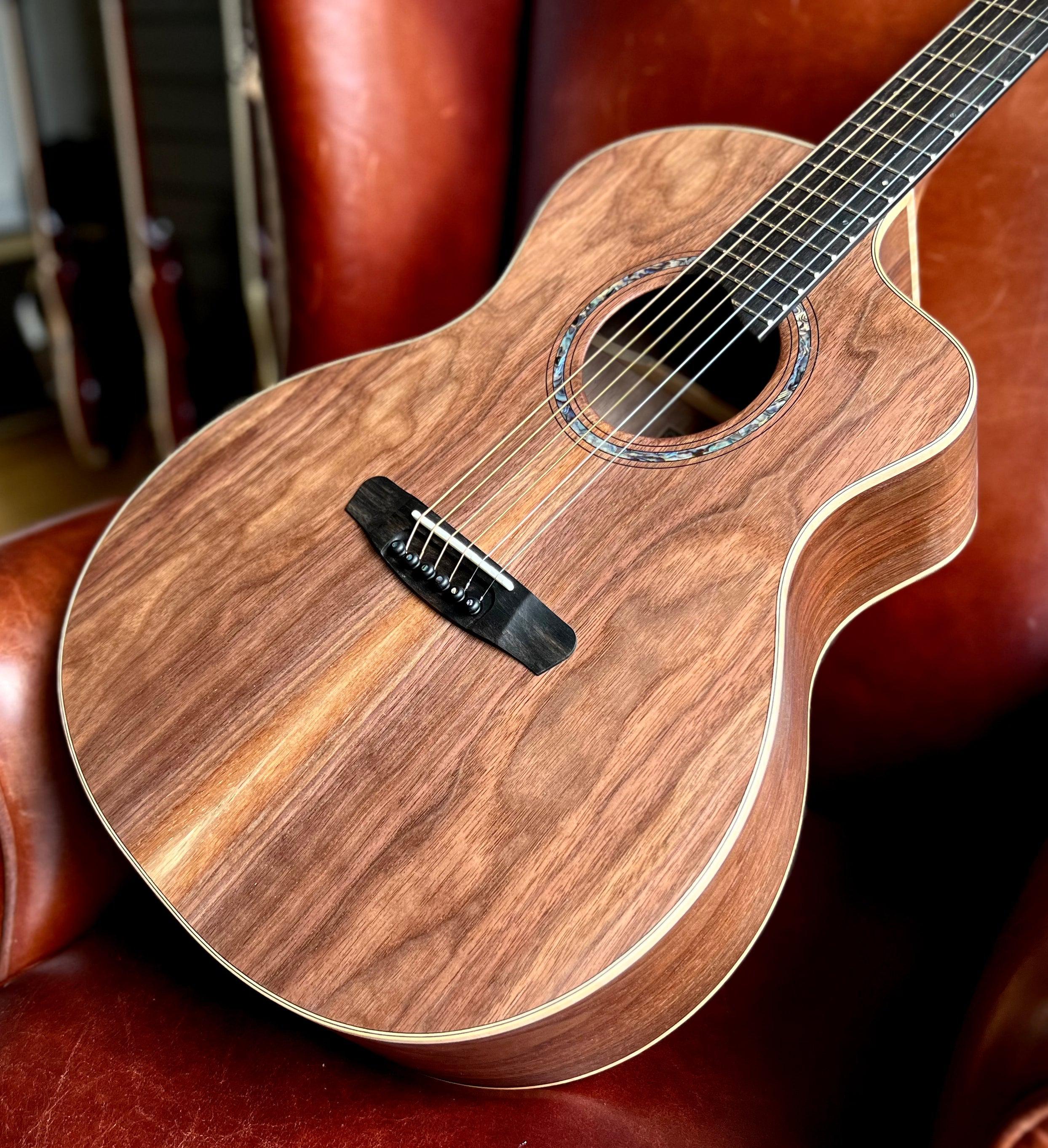
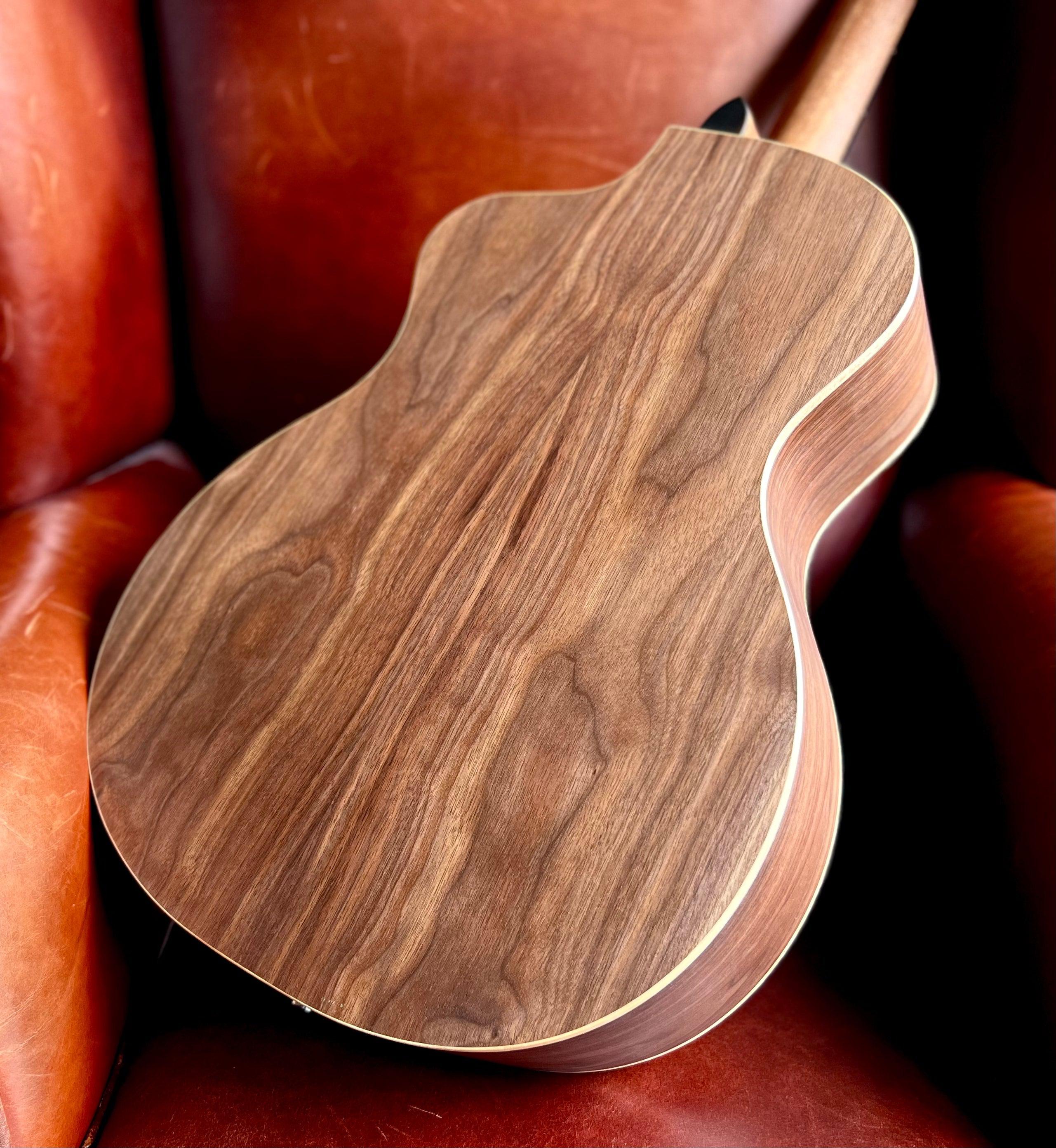
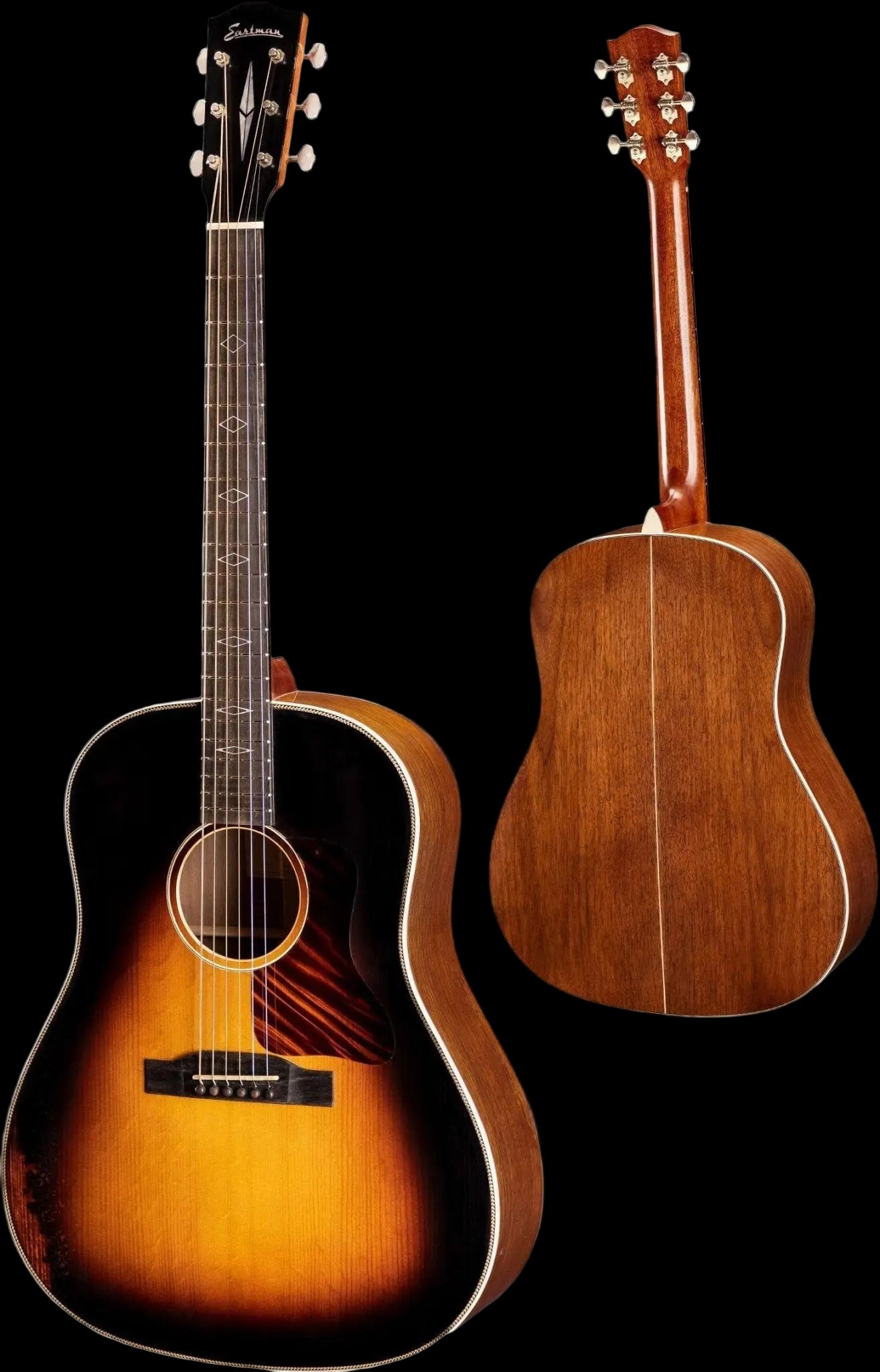

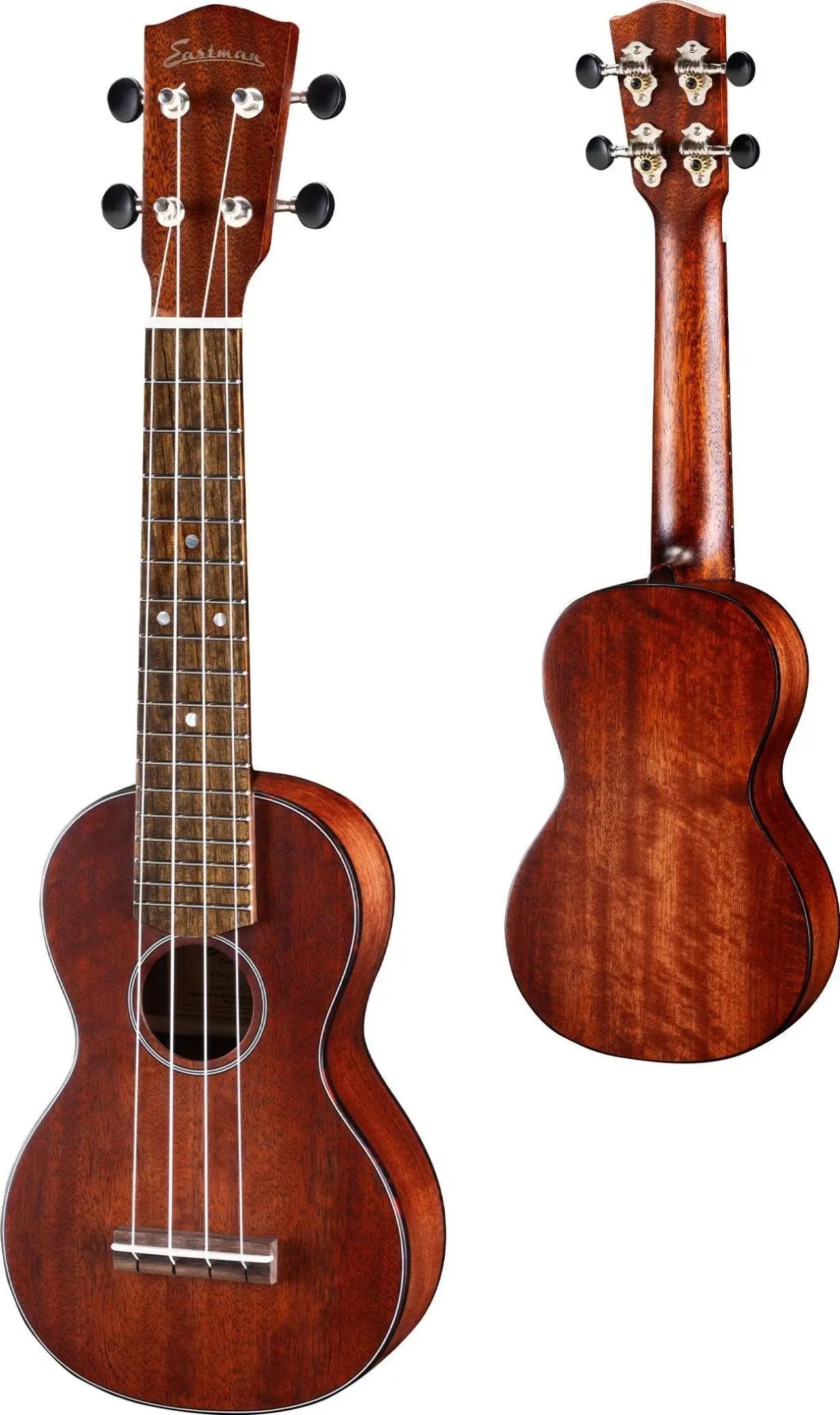
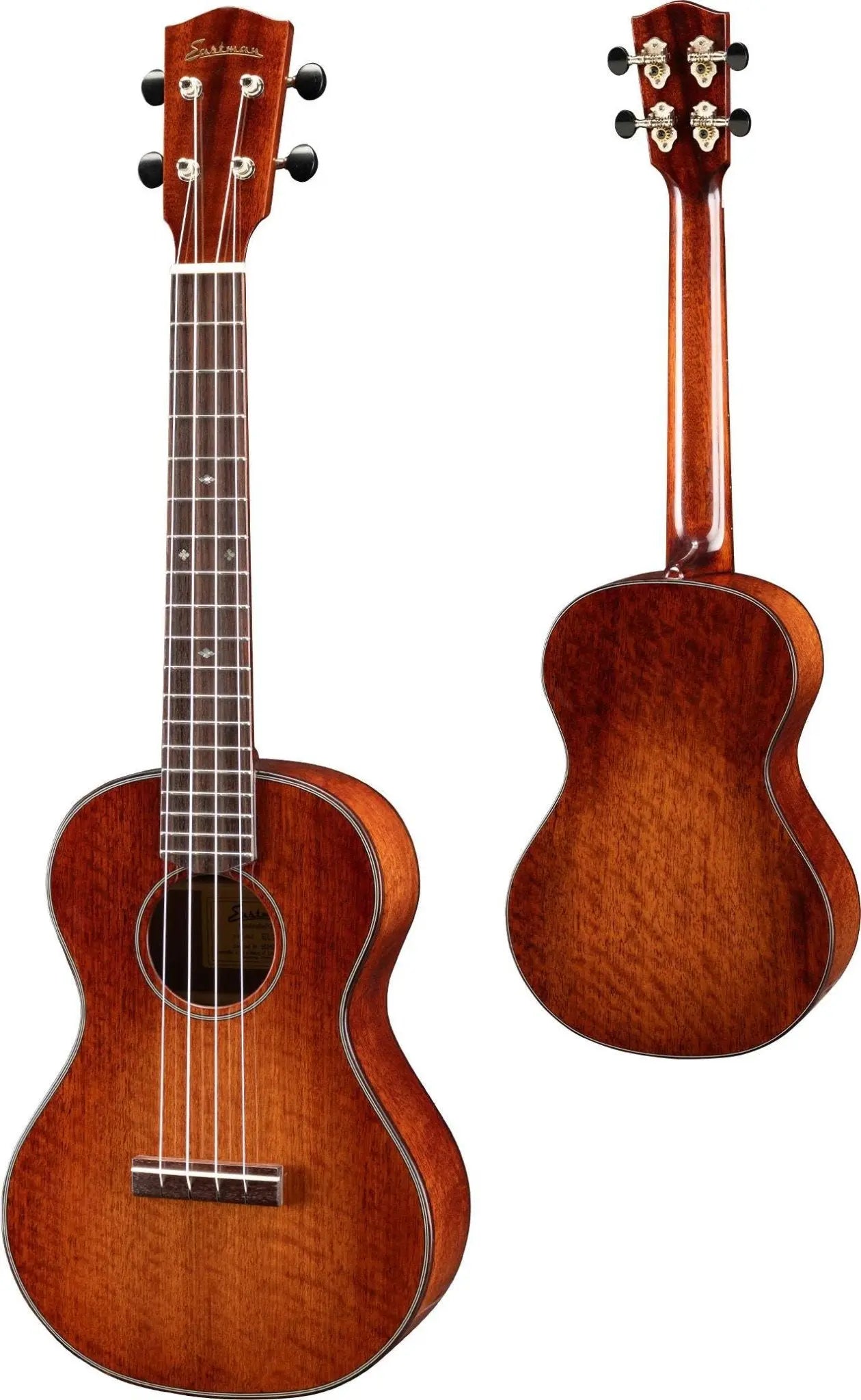
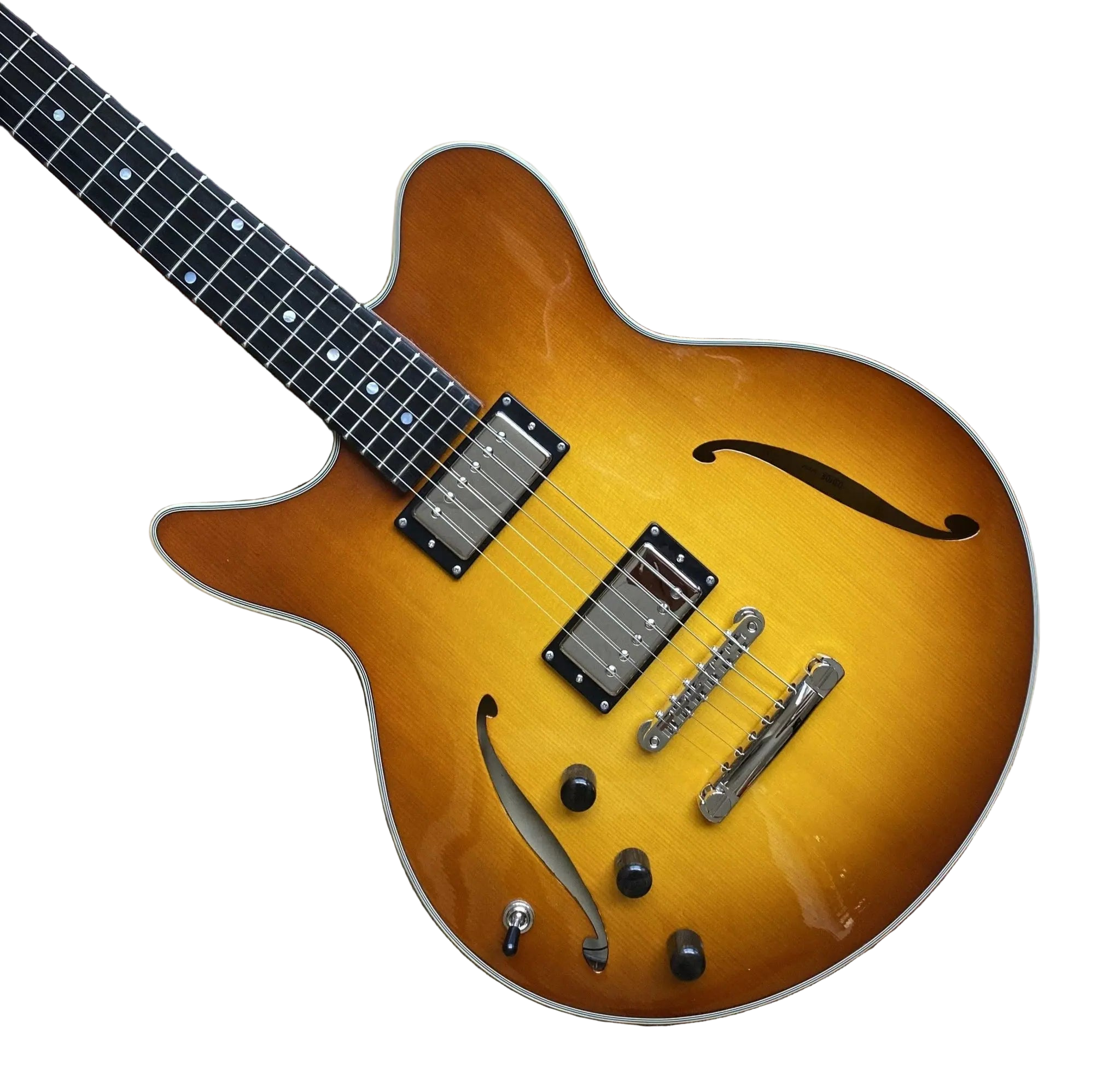
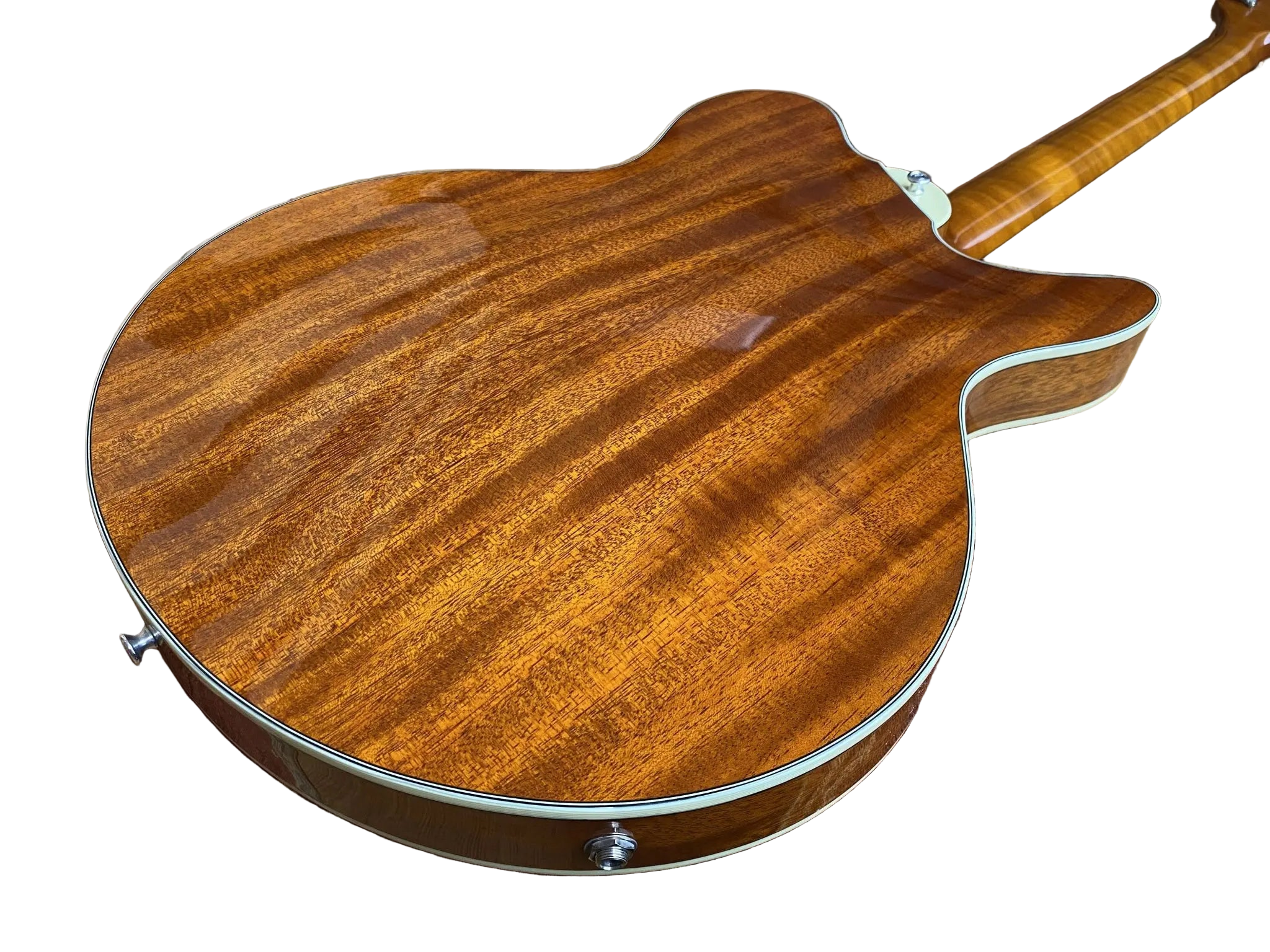


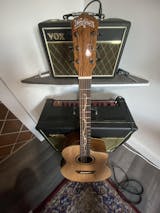

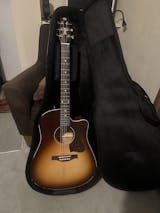








Leave a comment
This site is protected by hCaptcha and the hCaptcha Privacy Policy and Terms of Service apply.